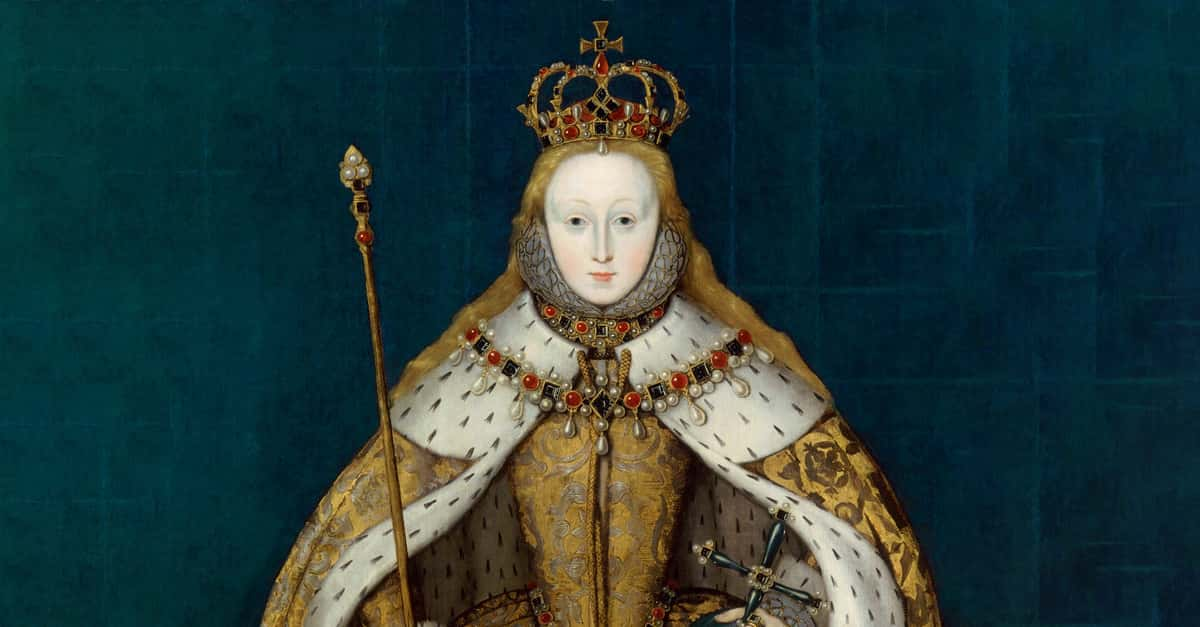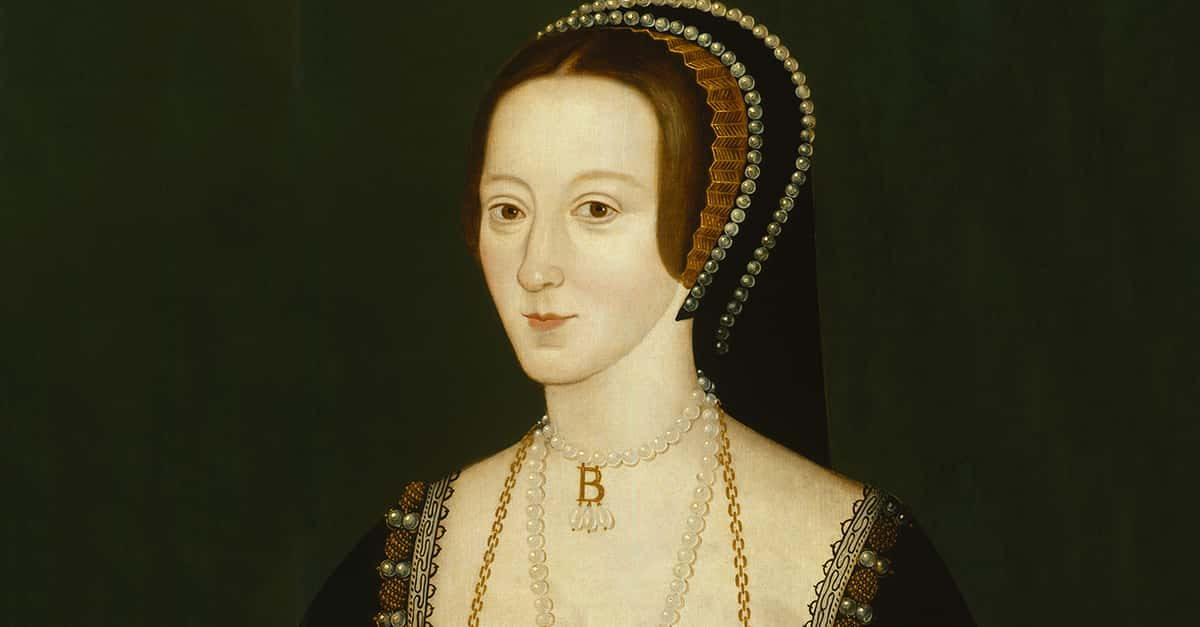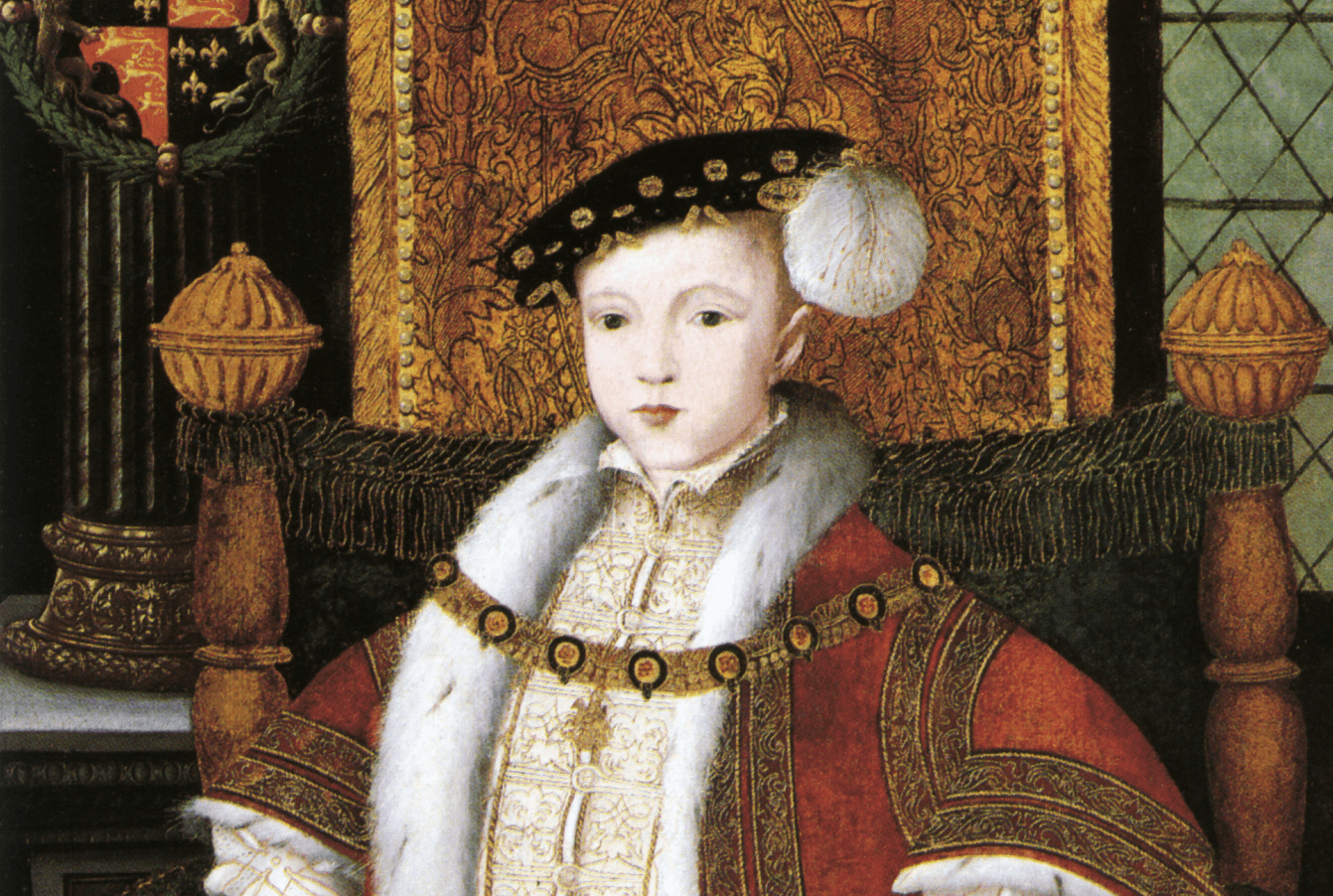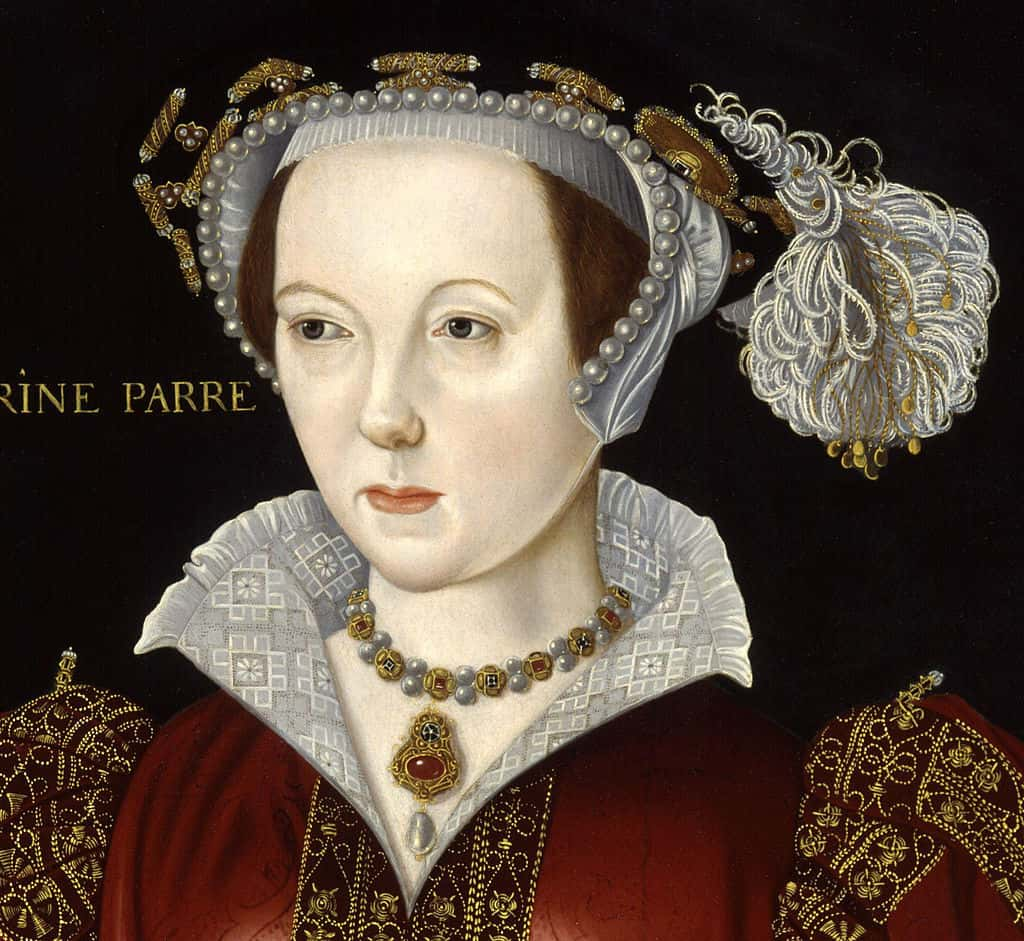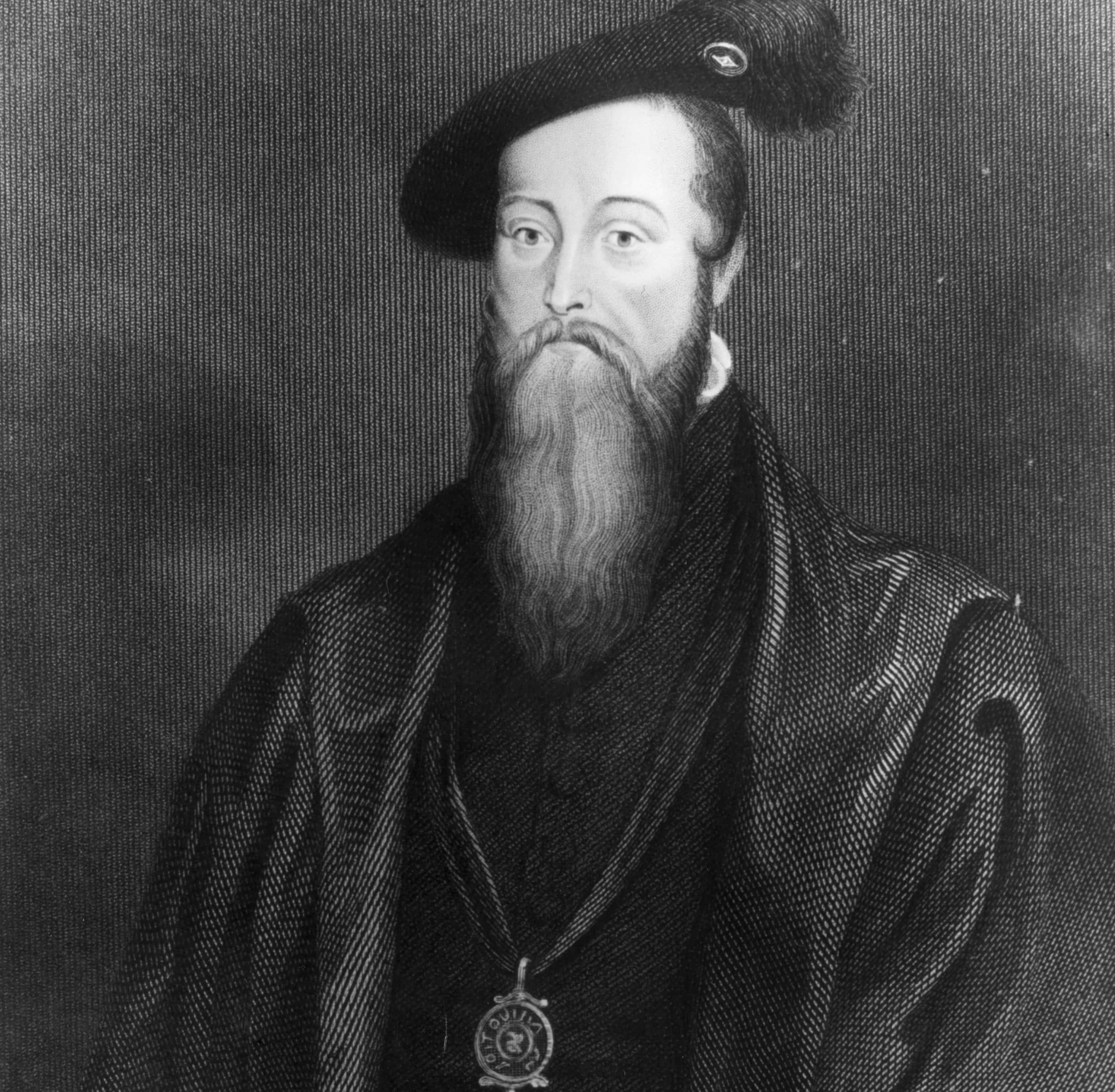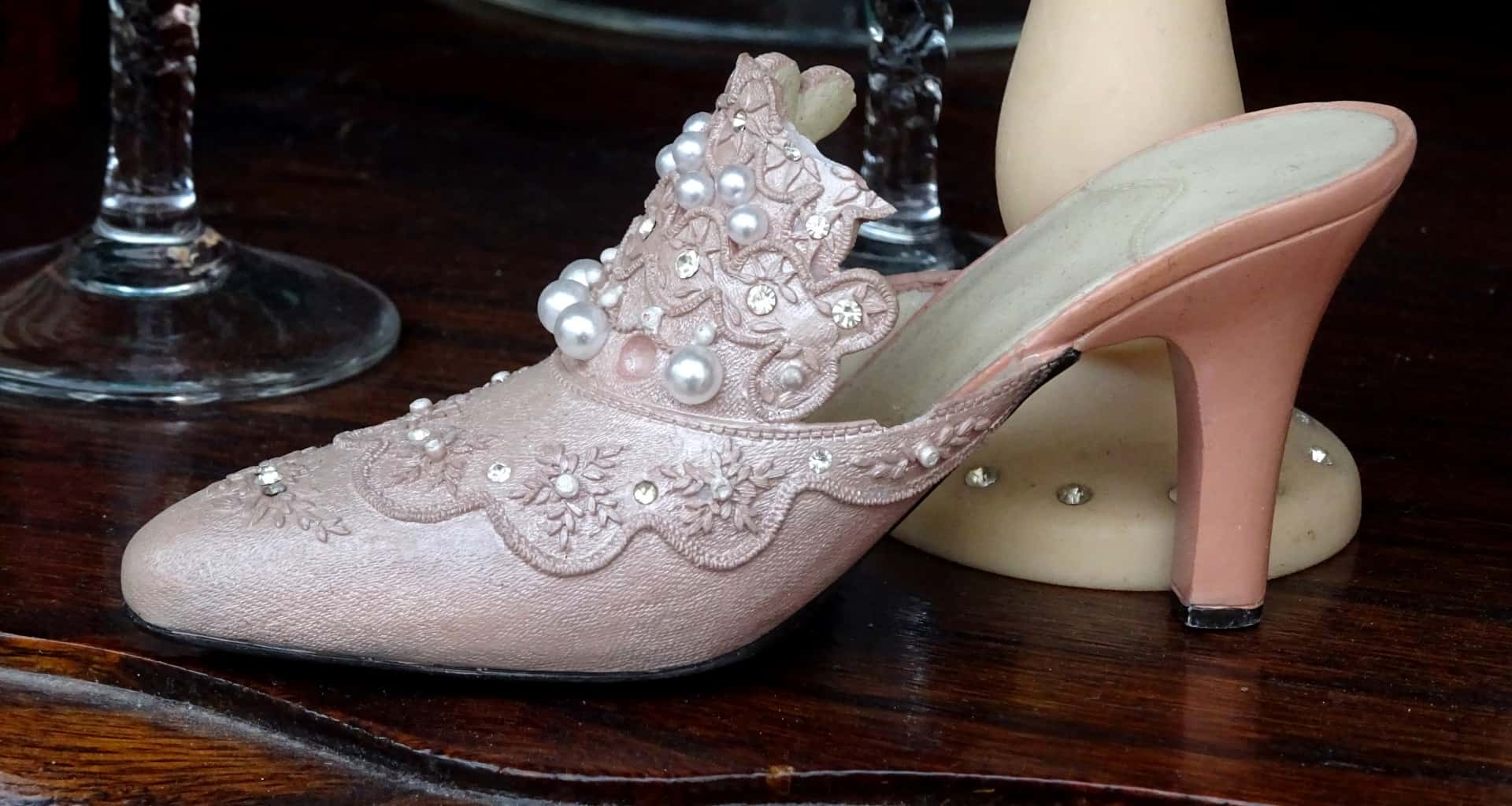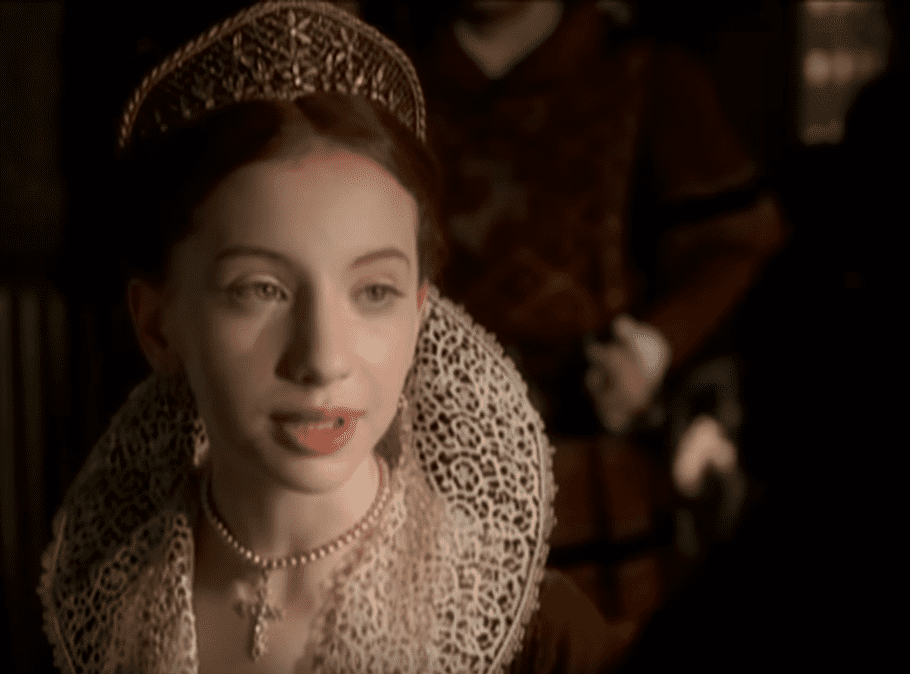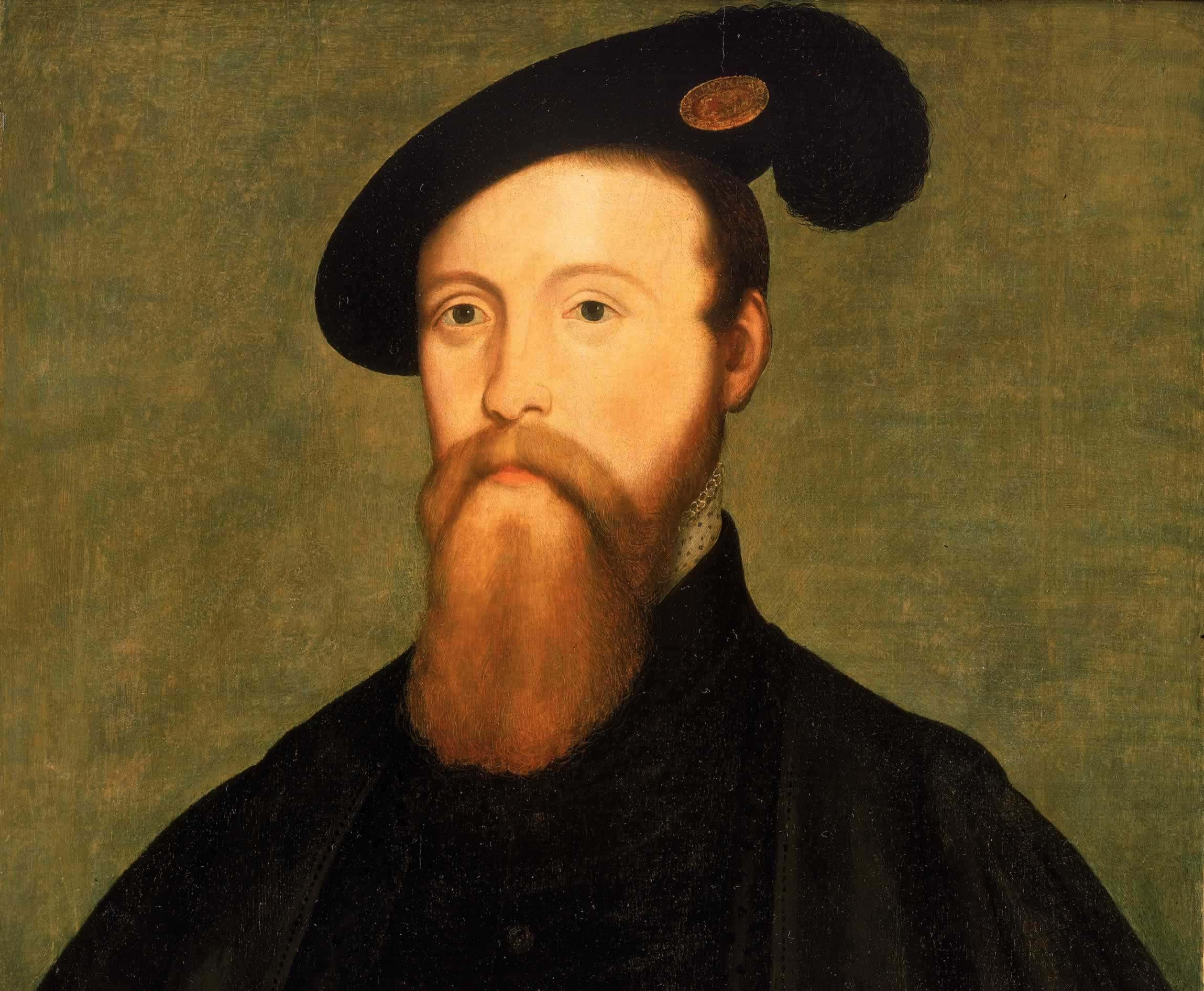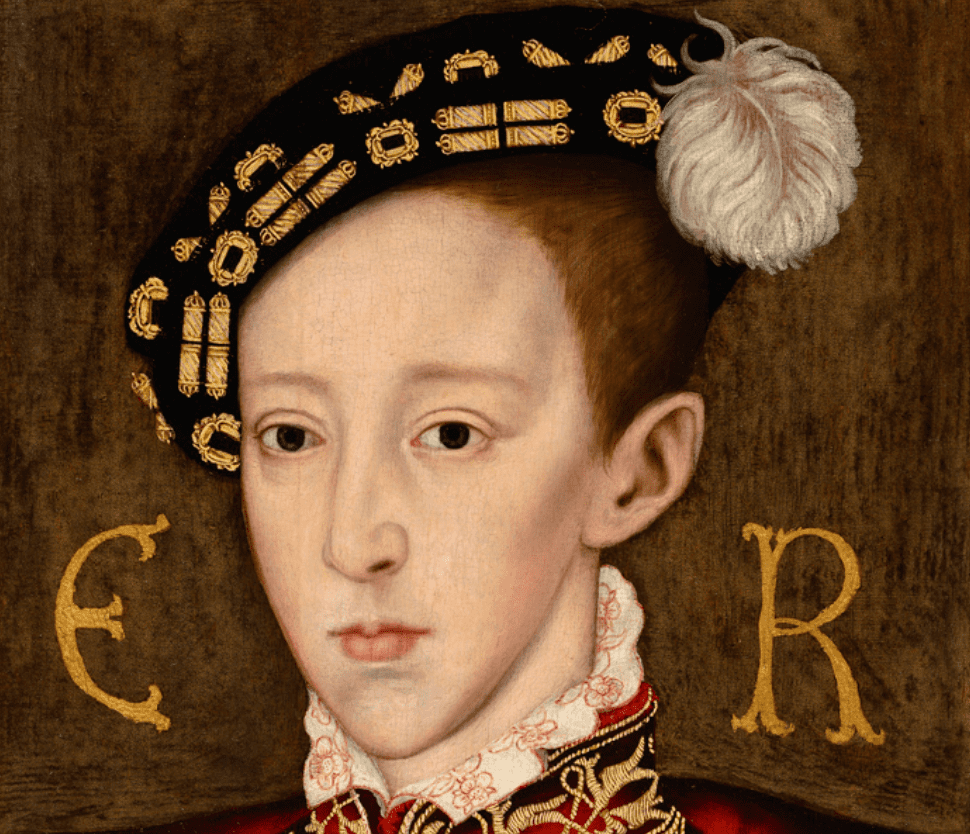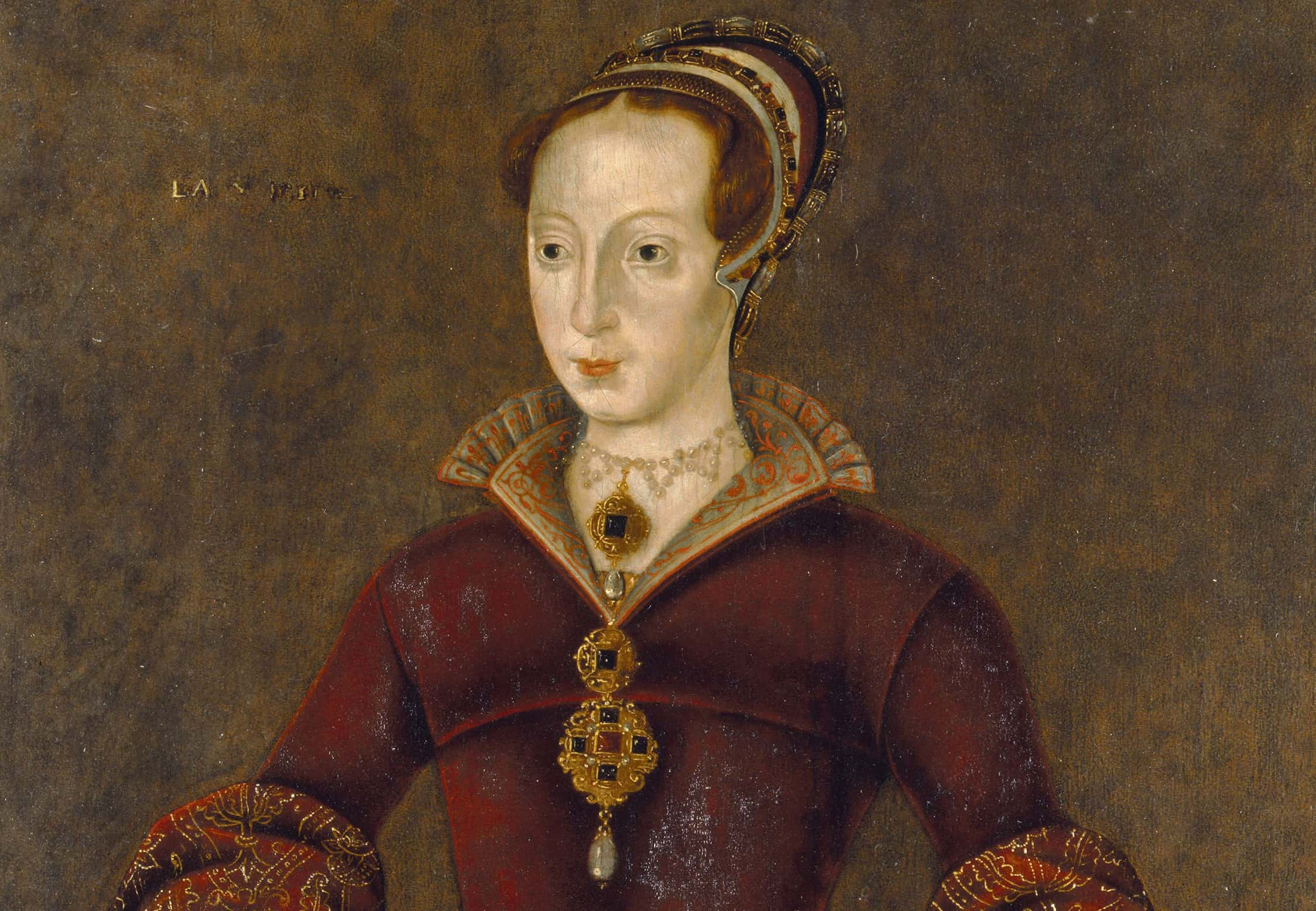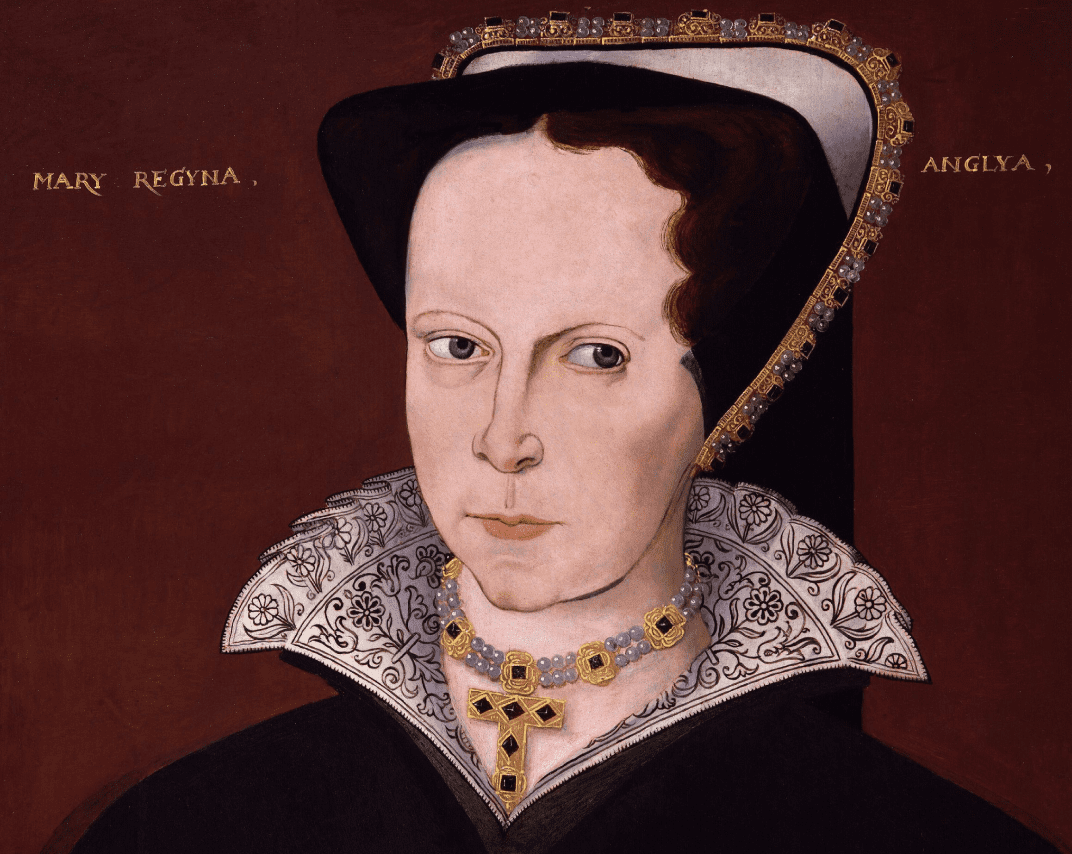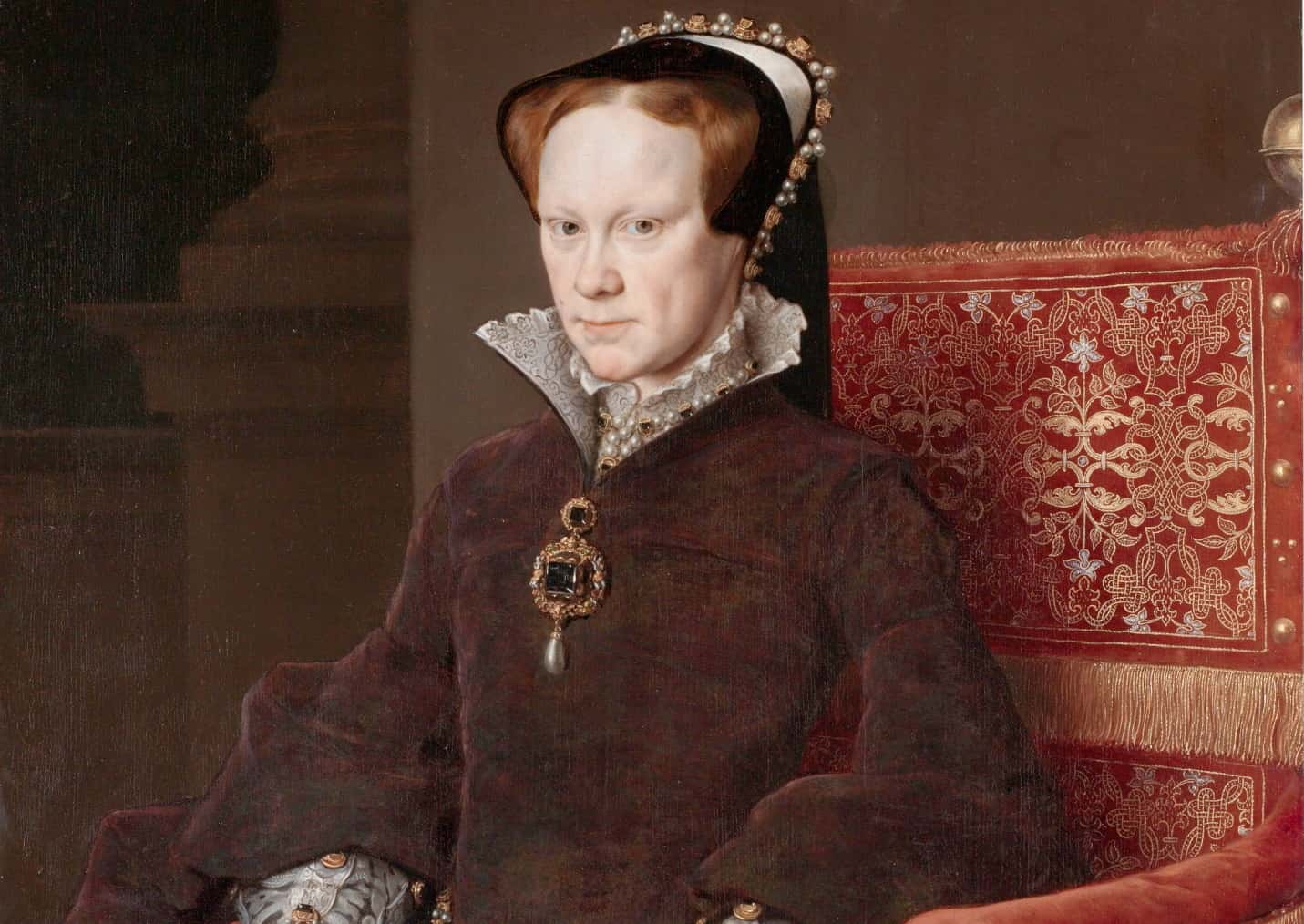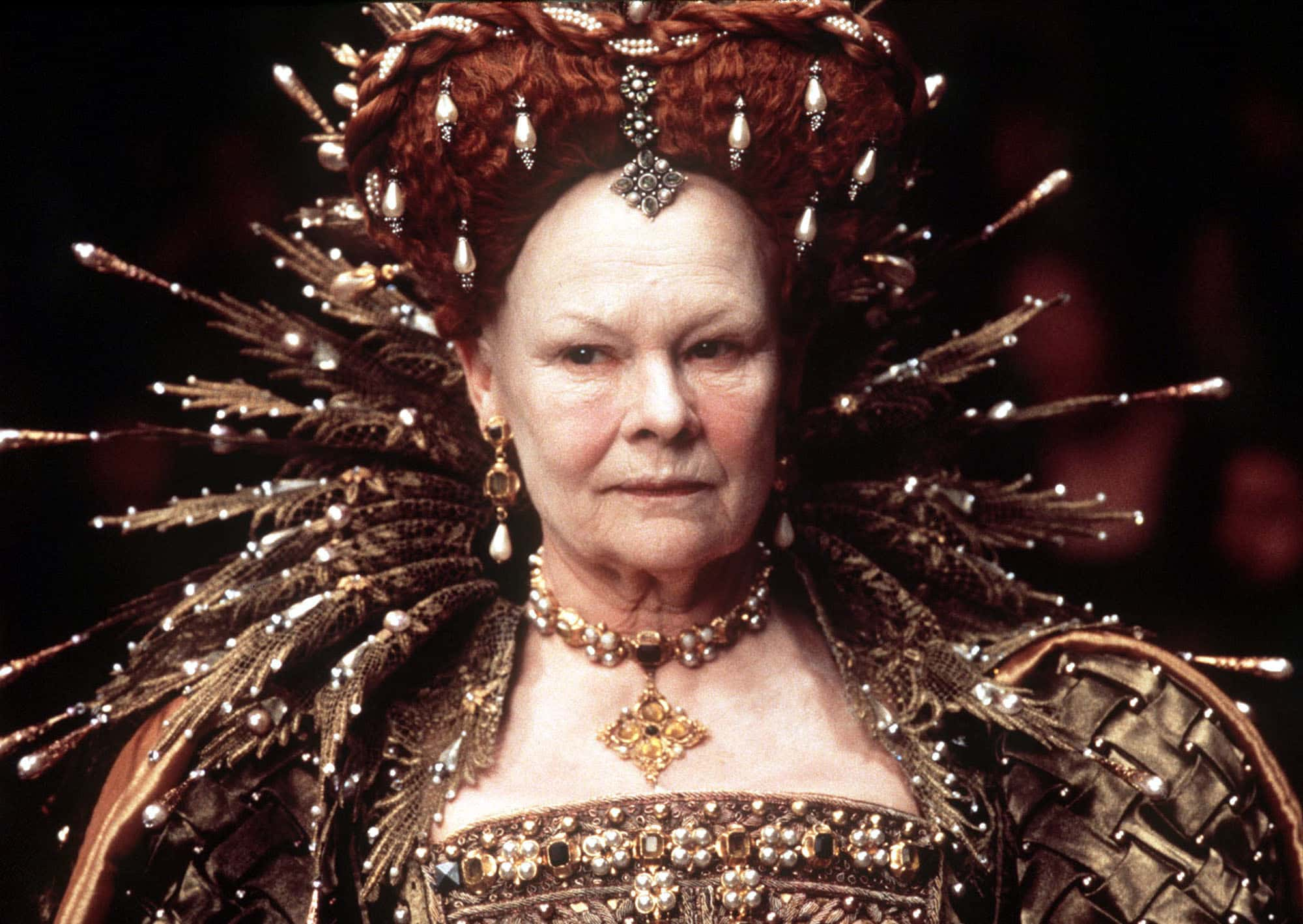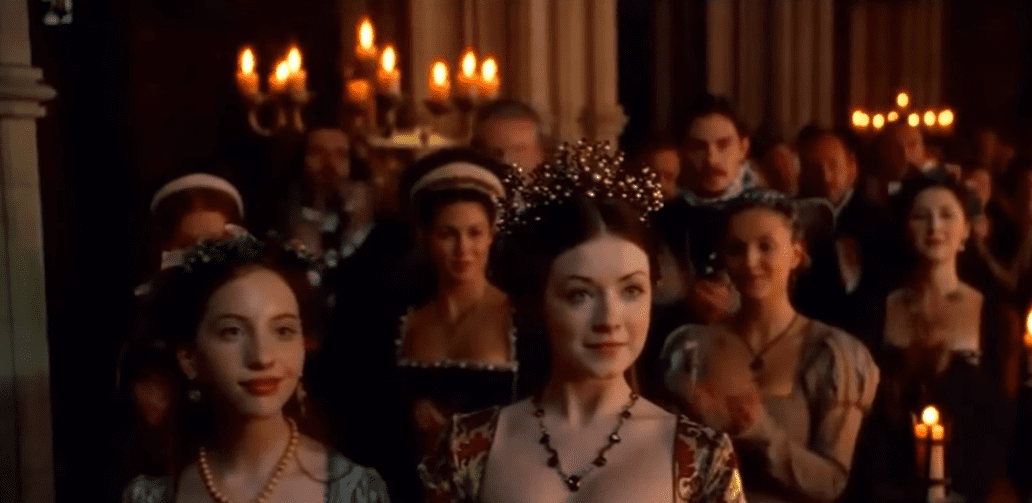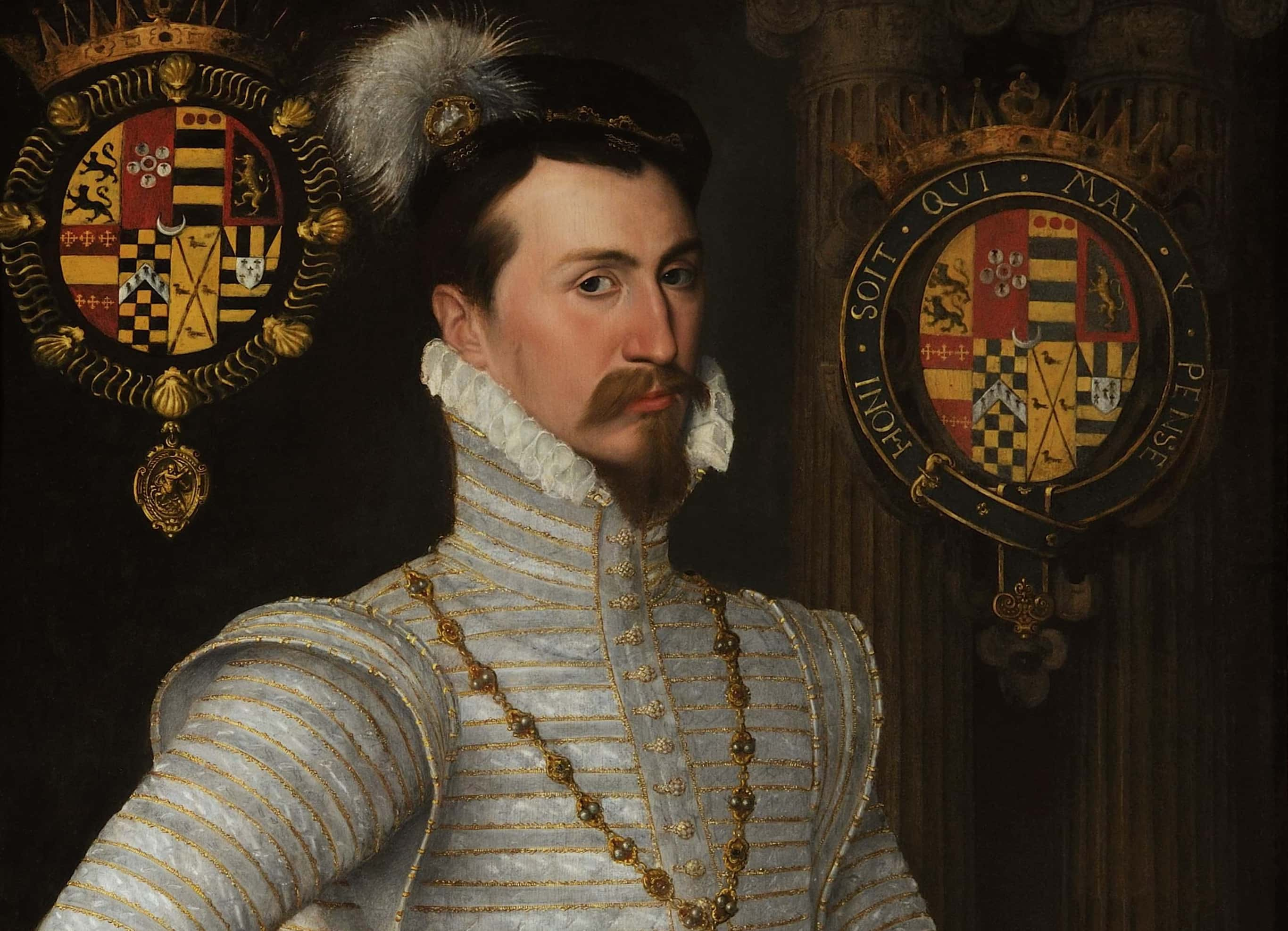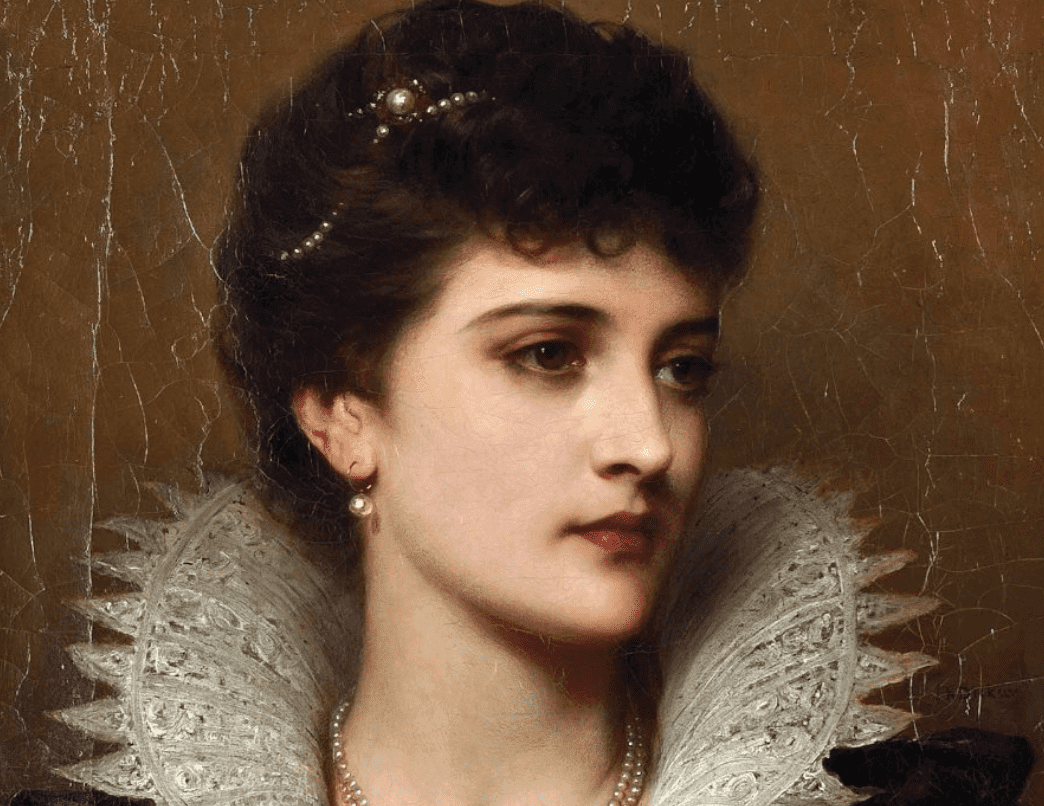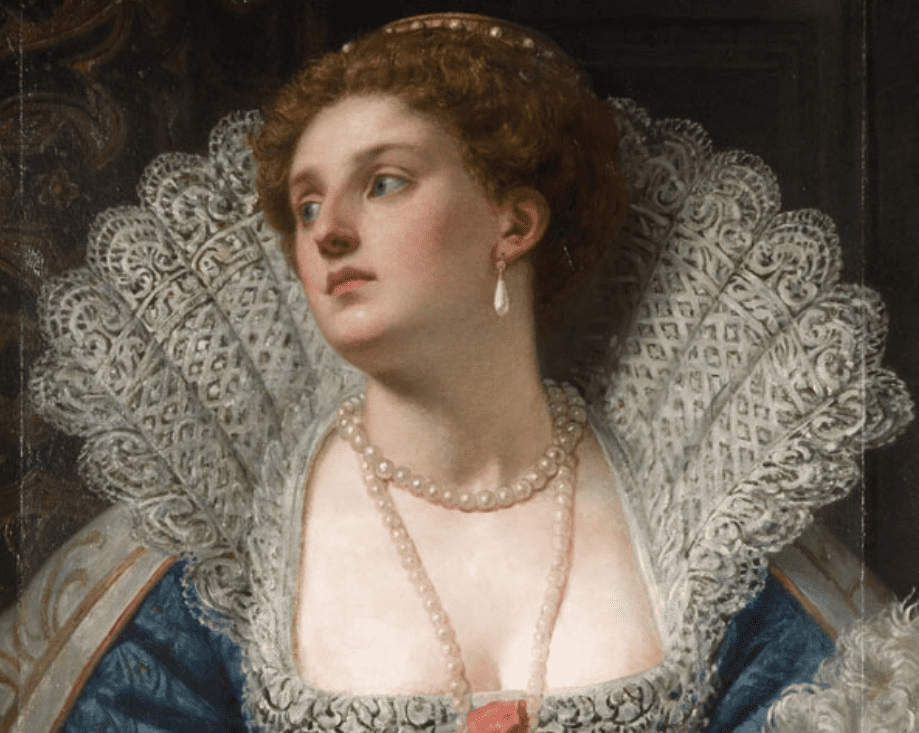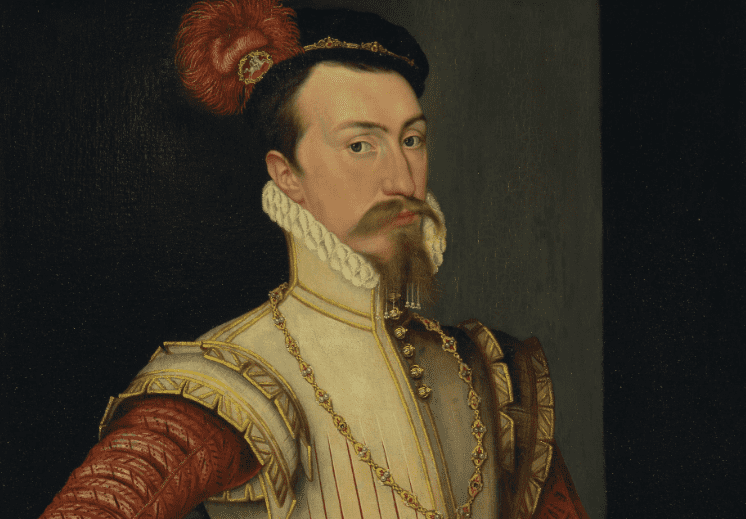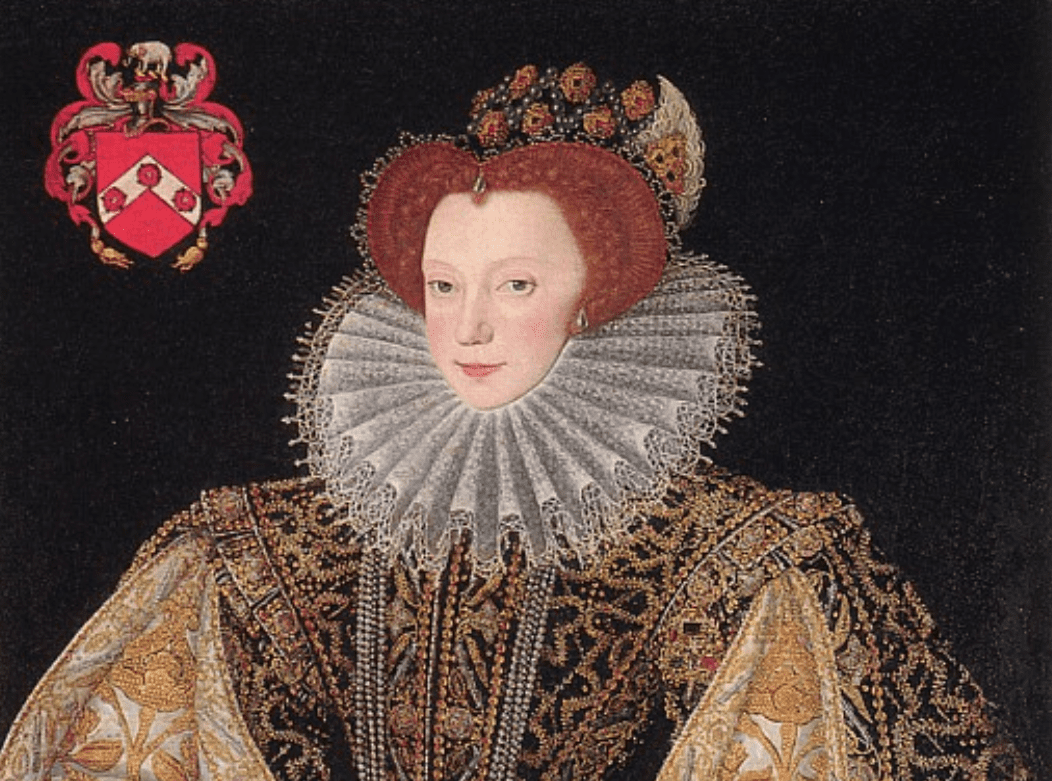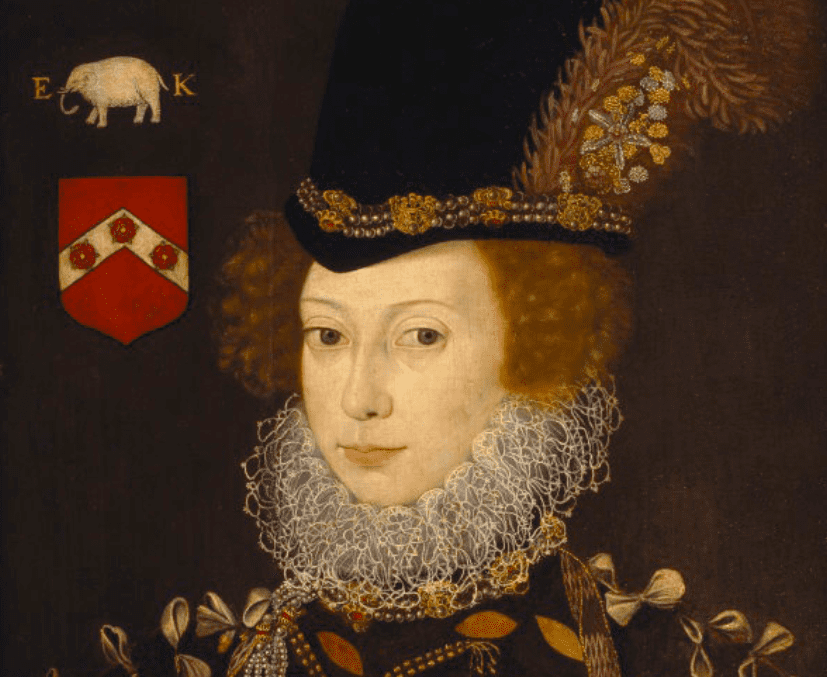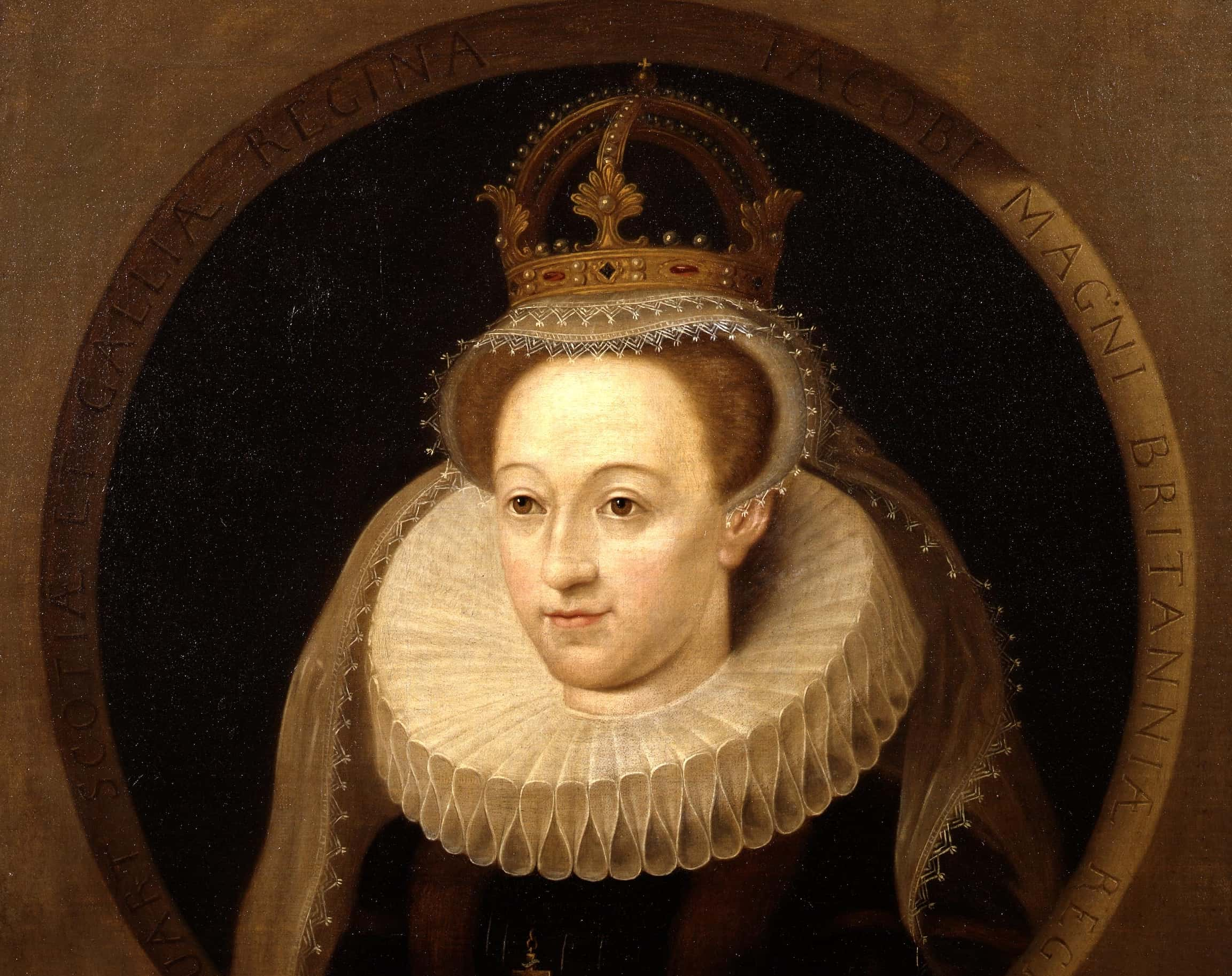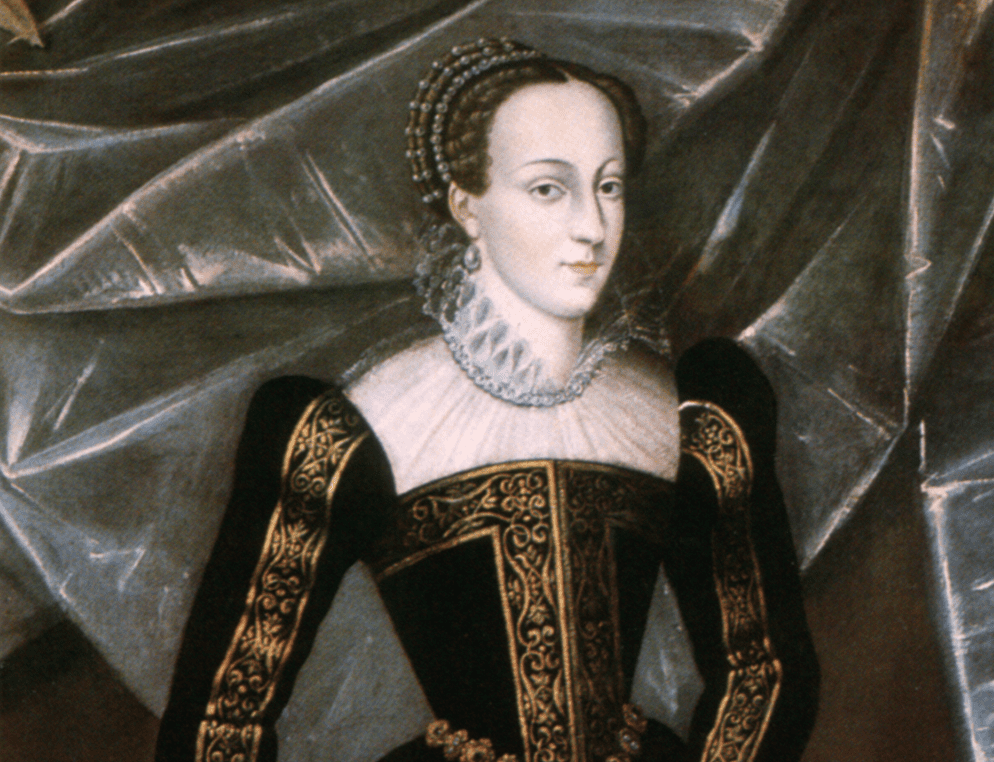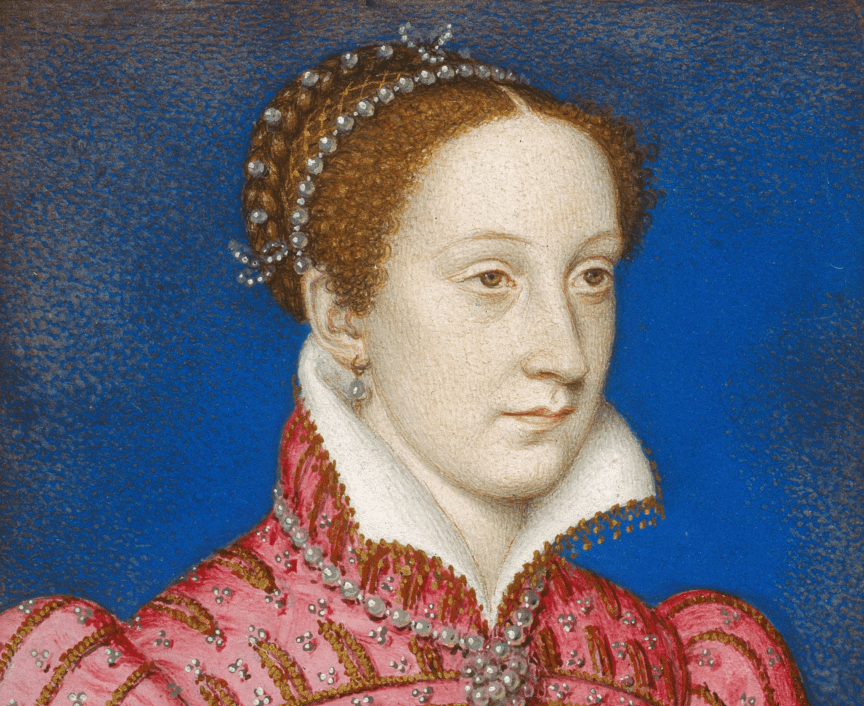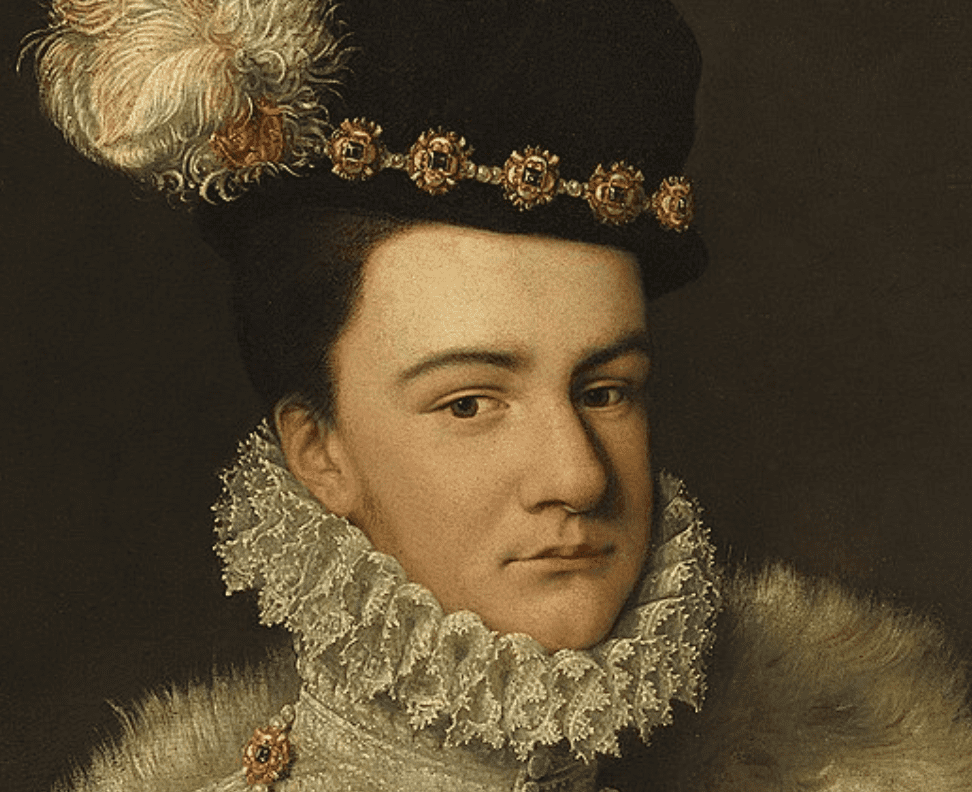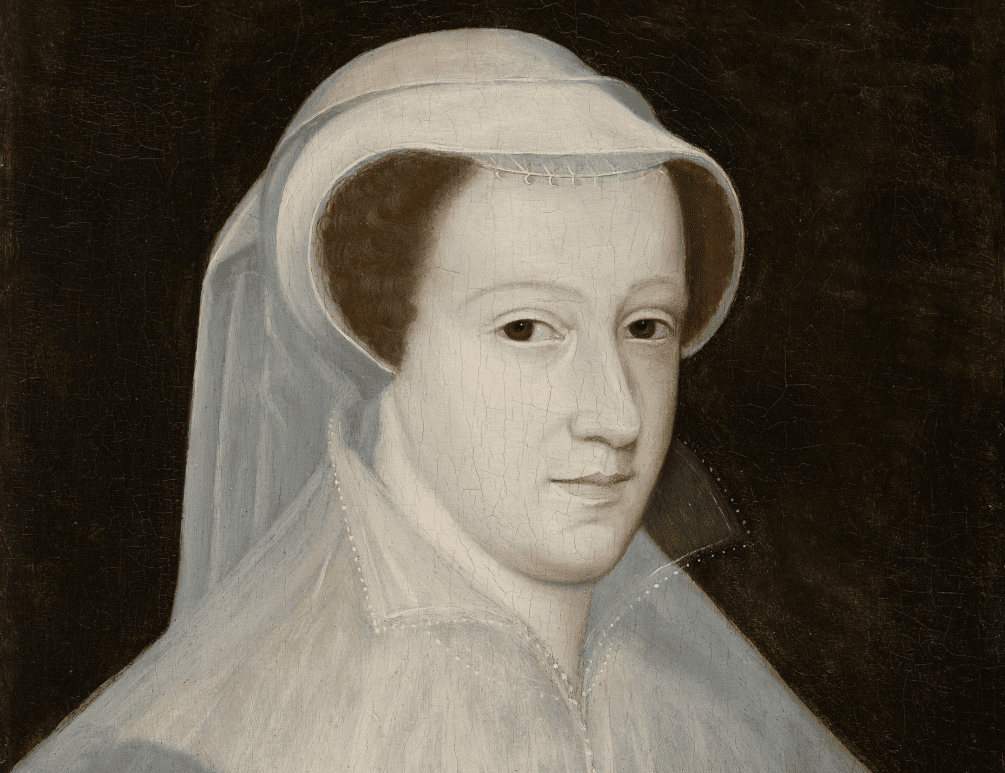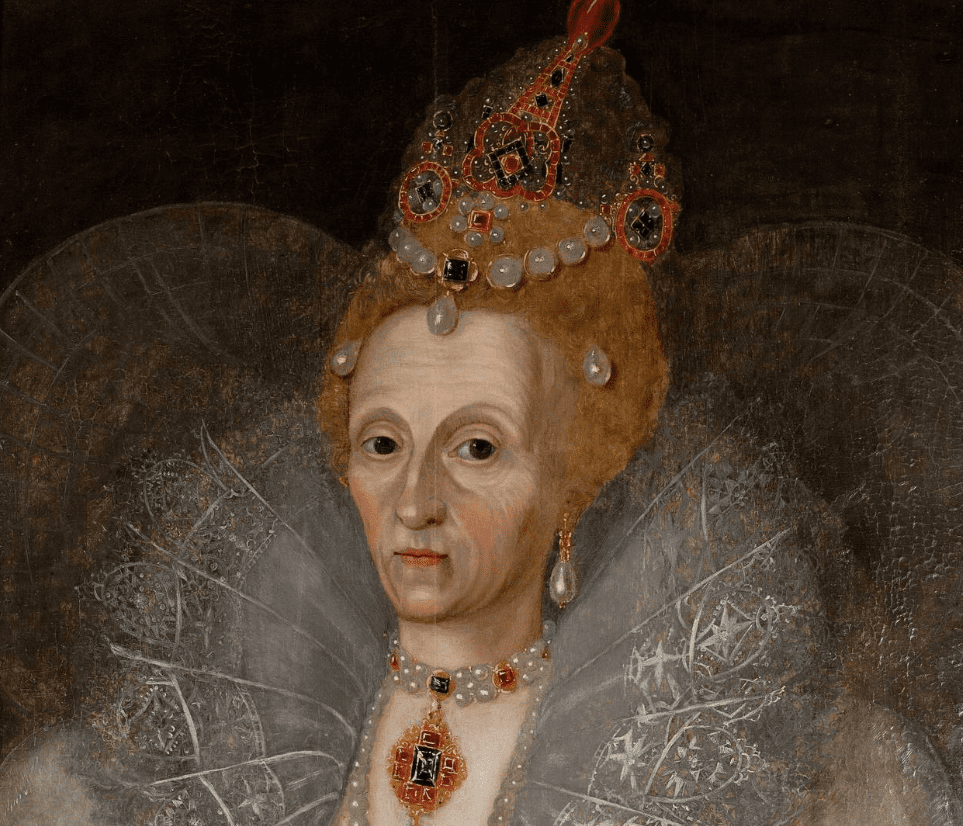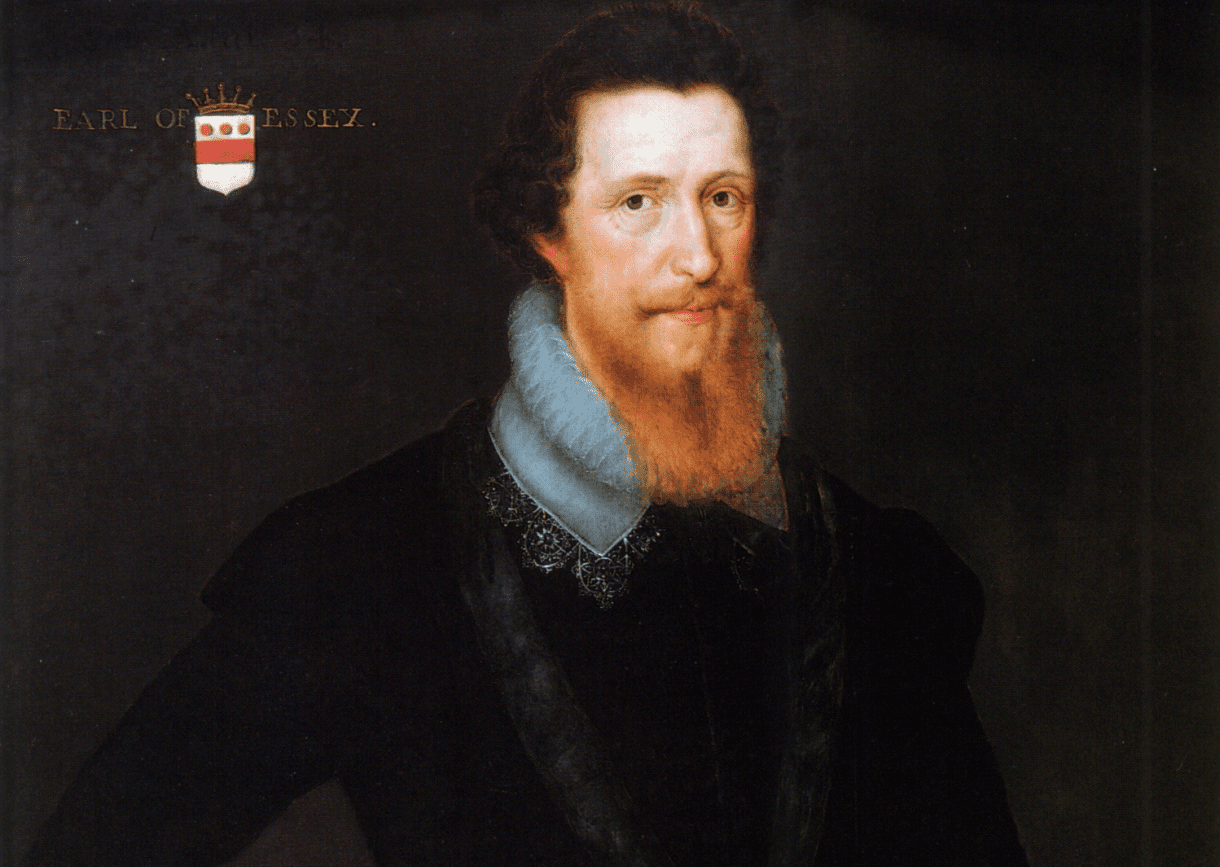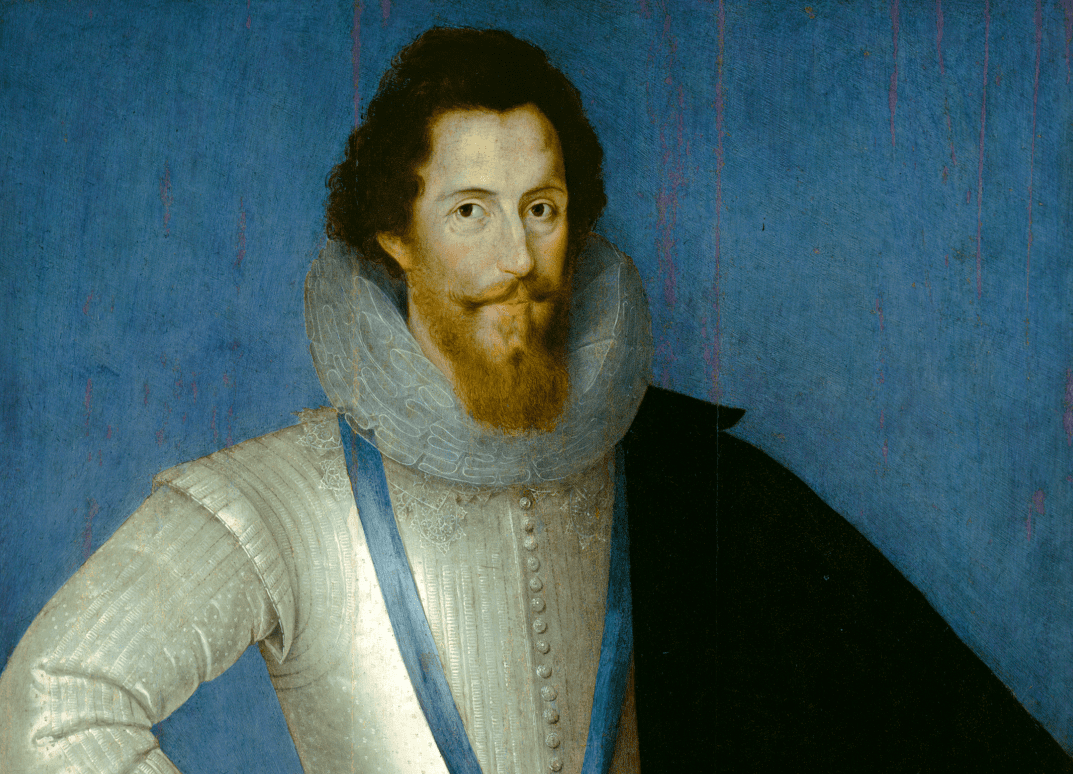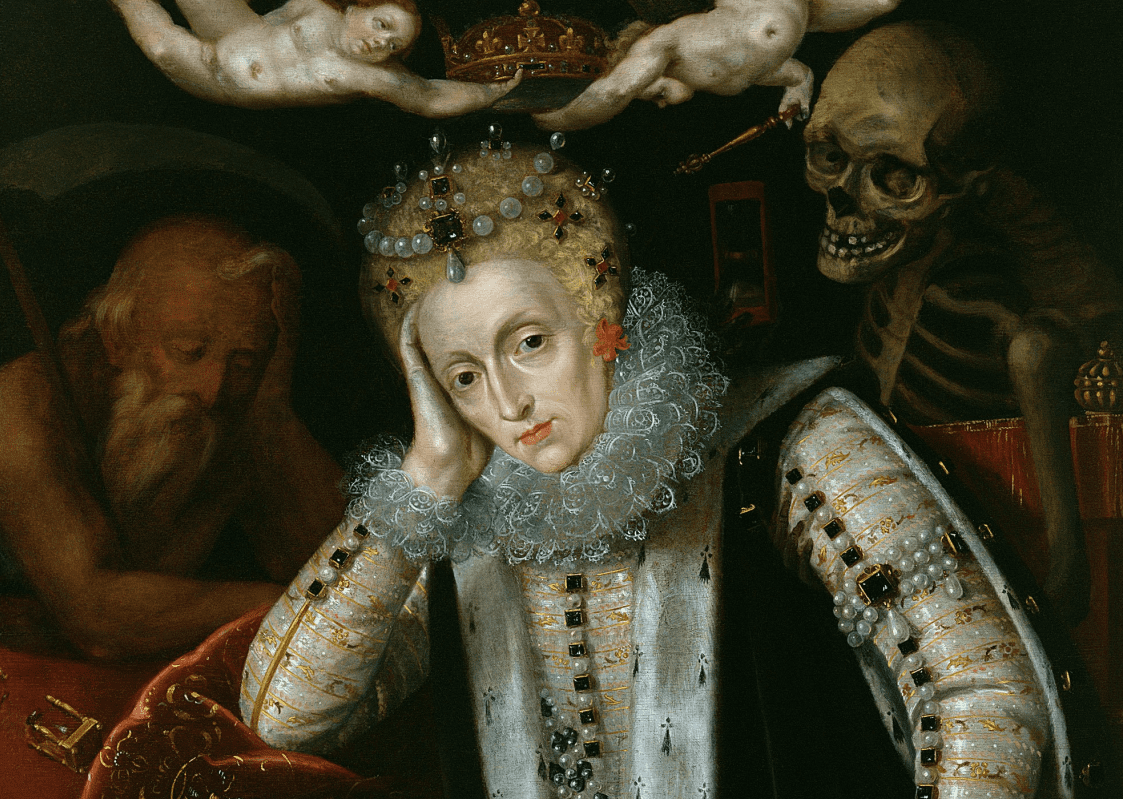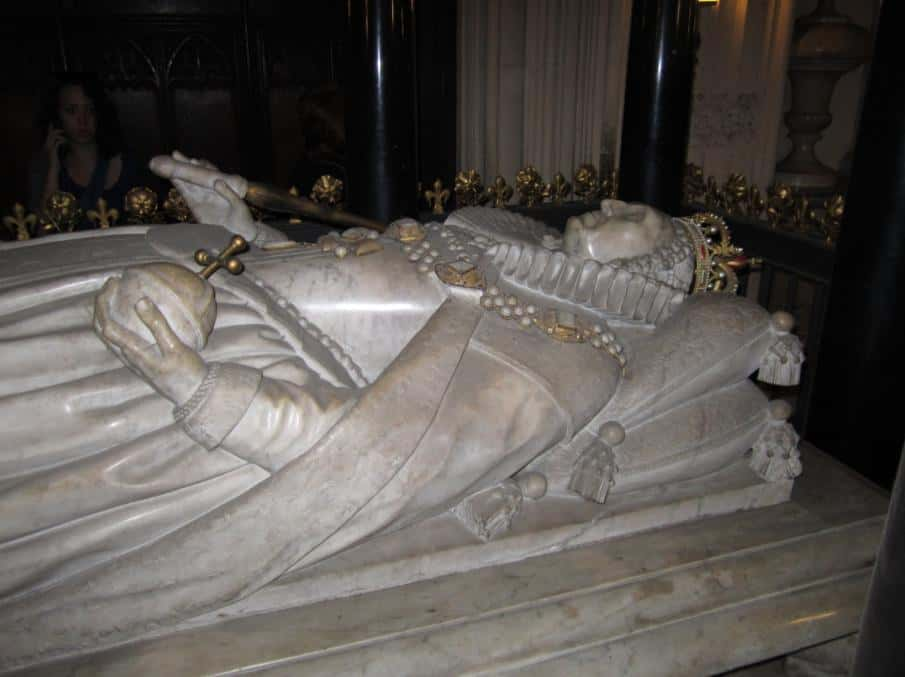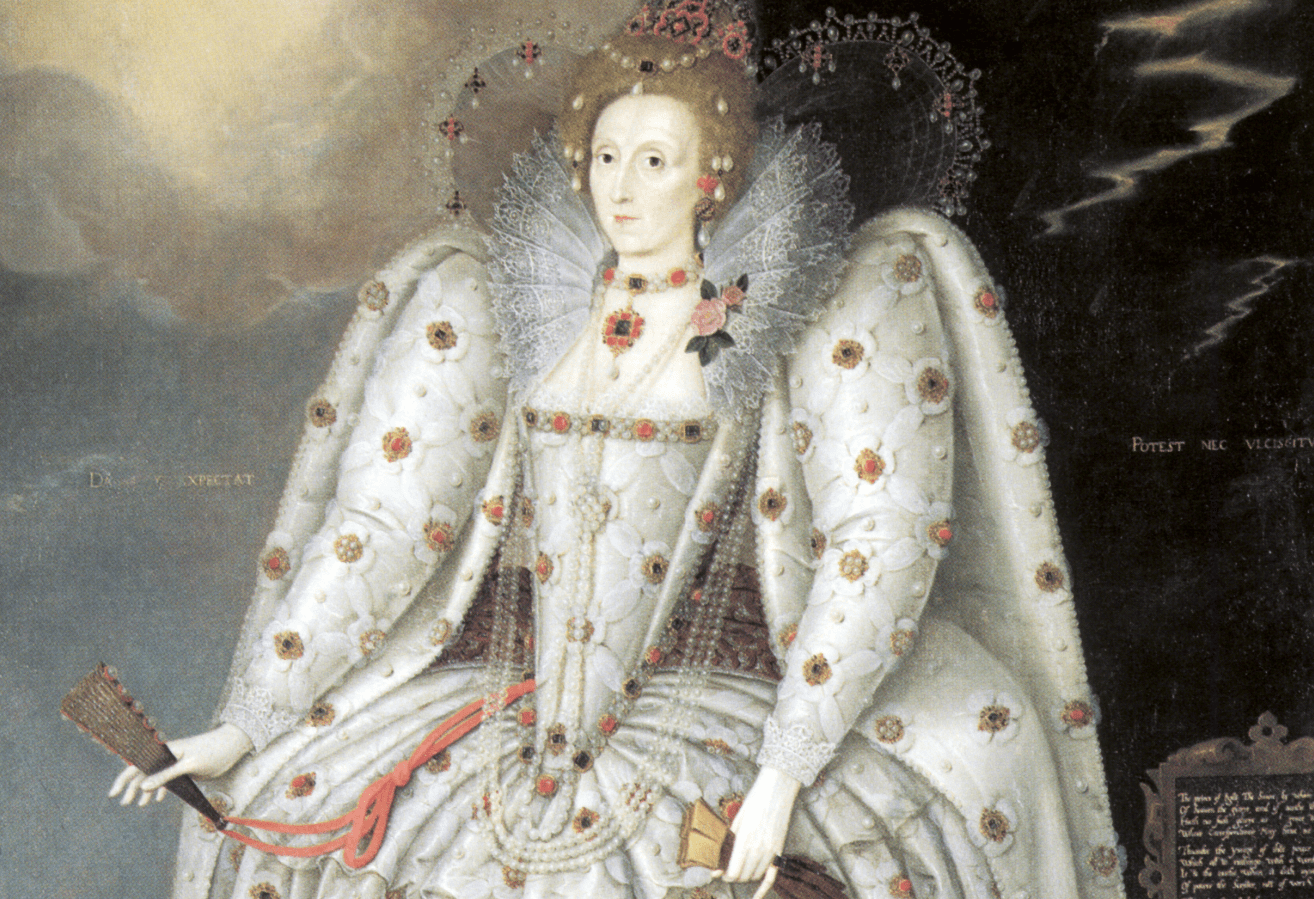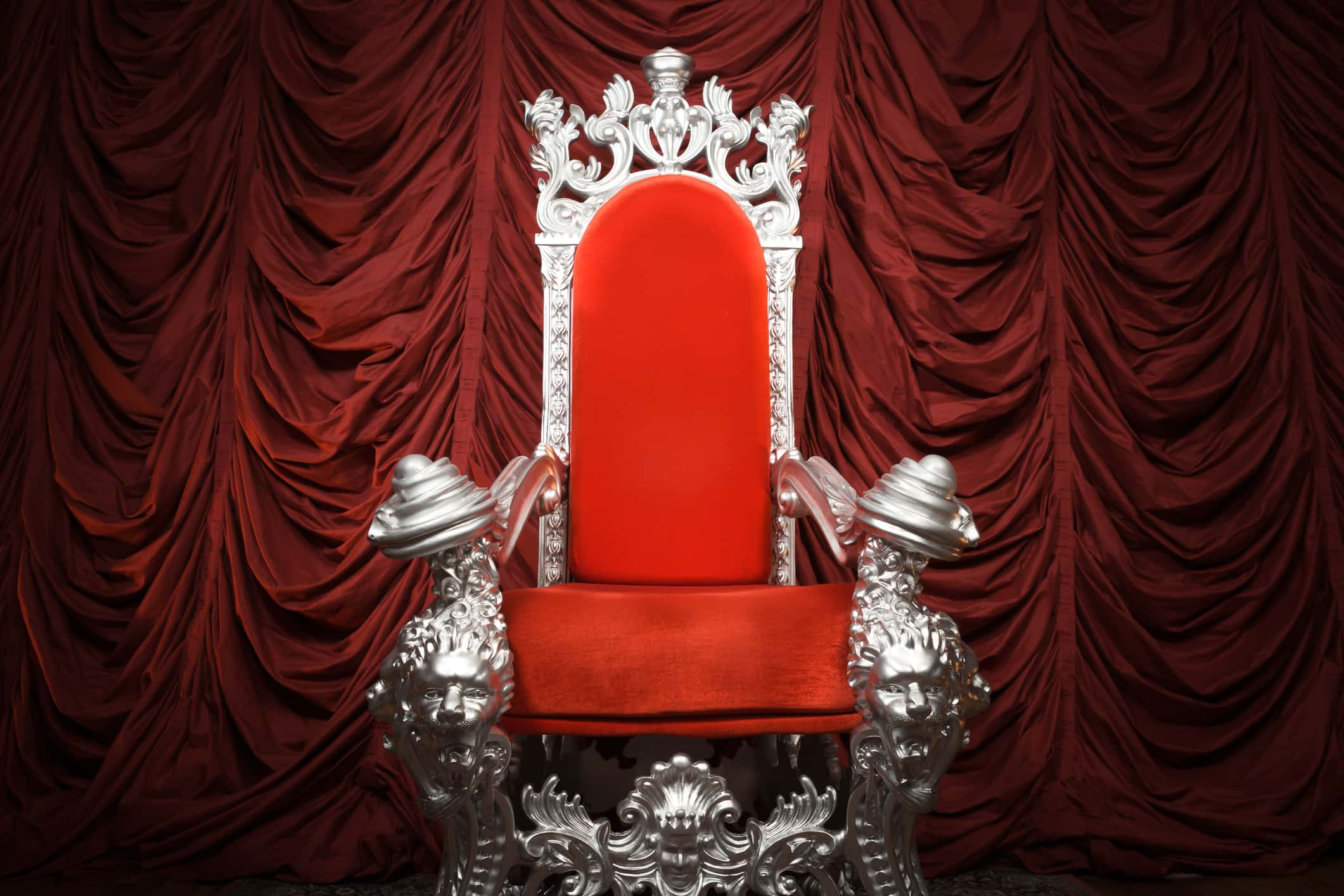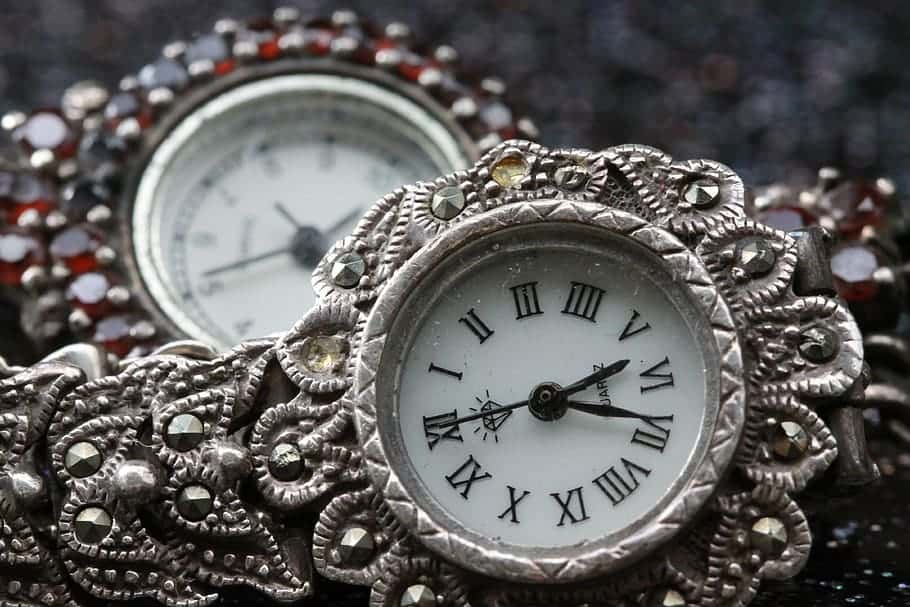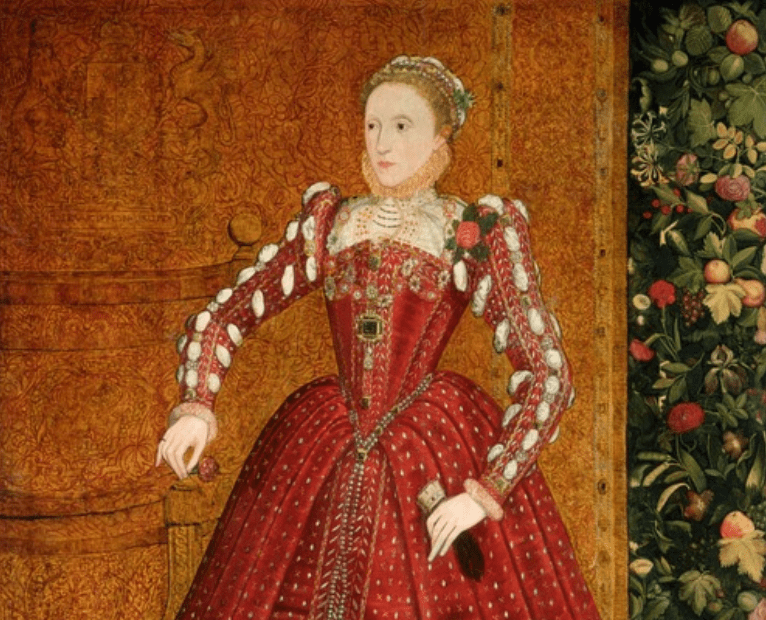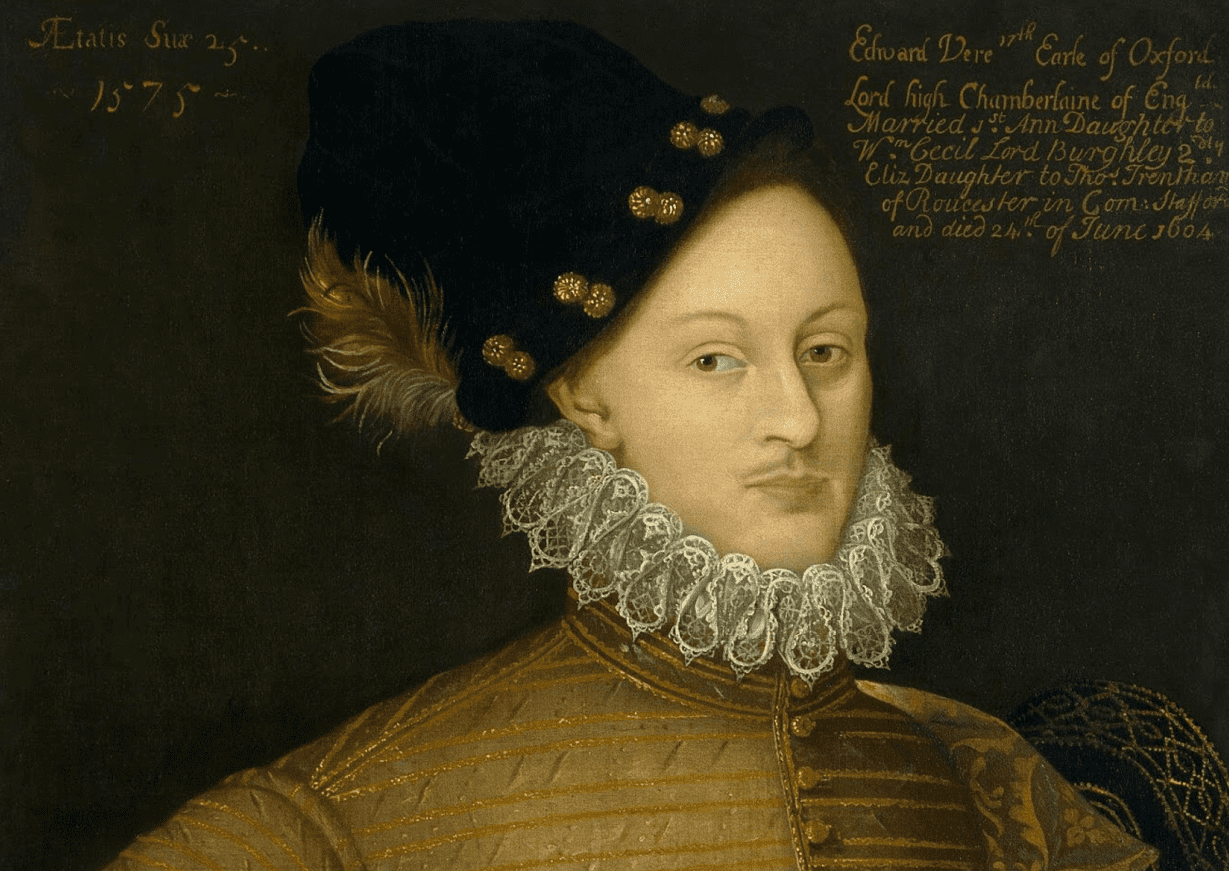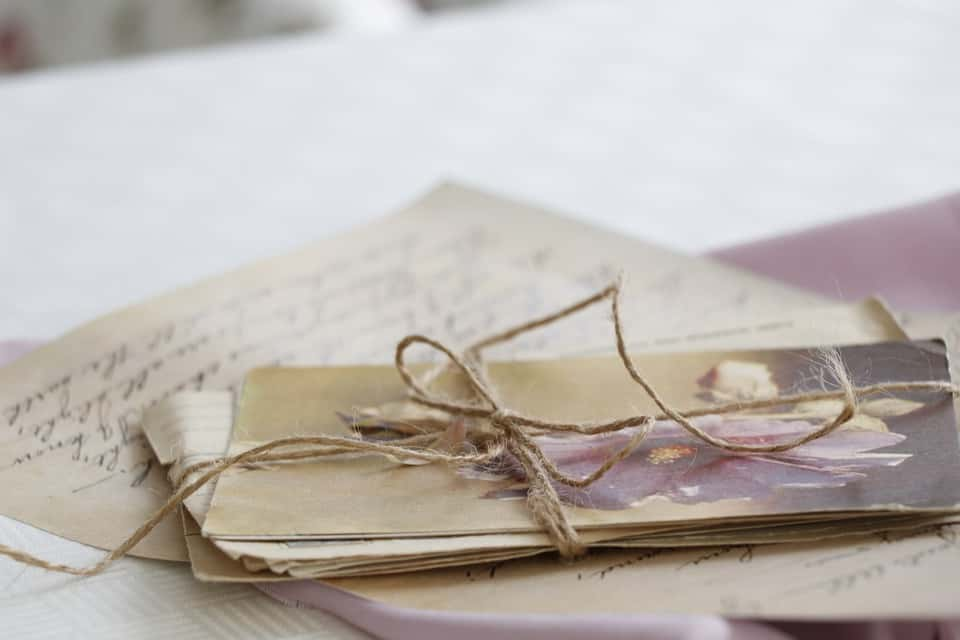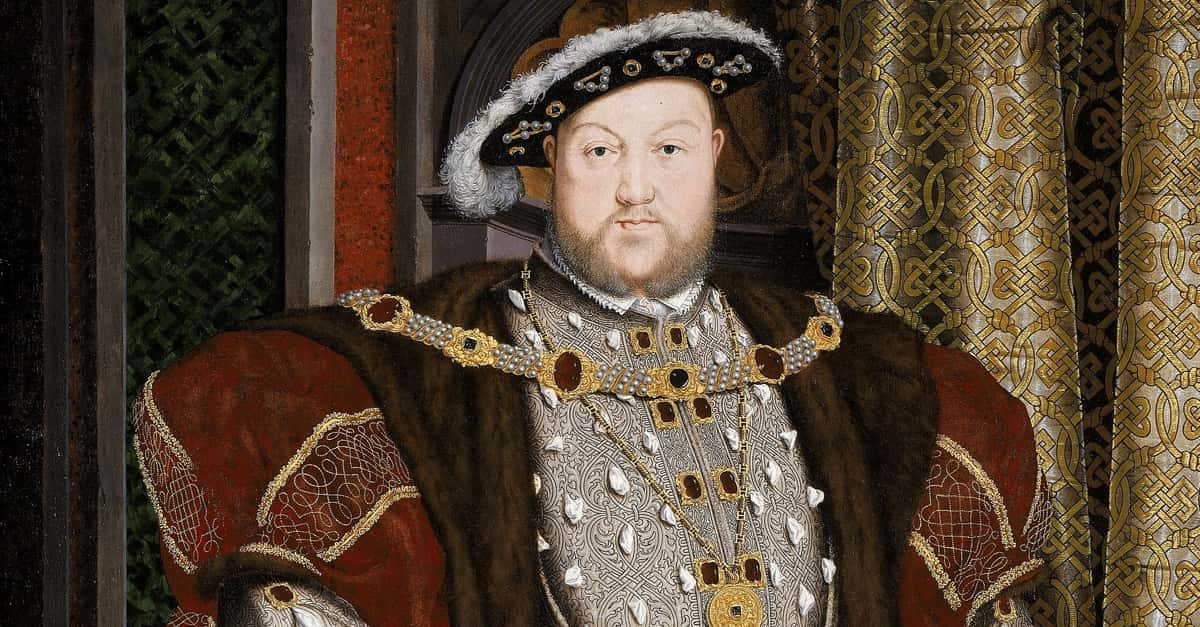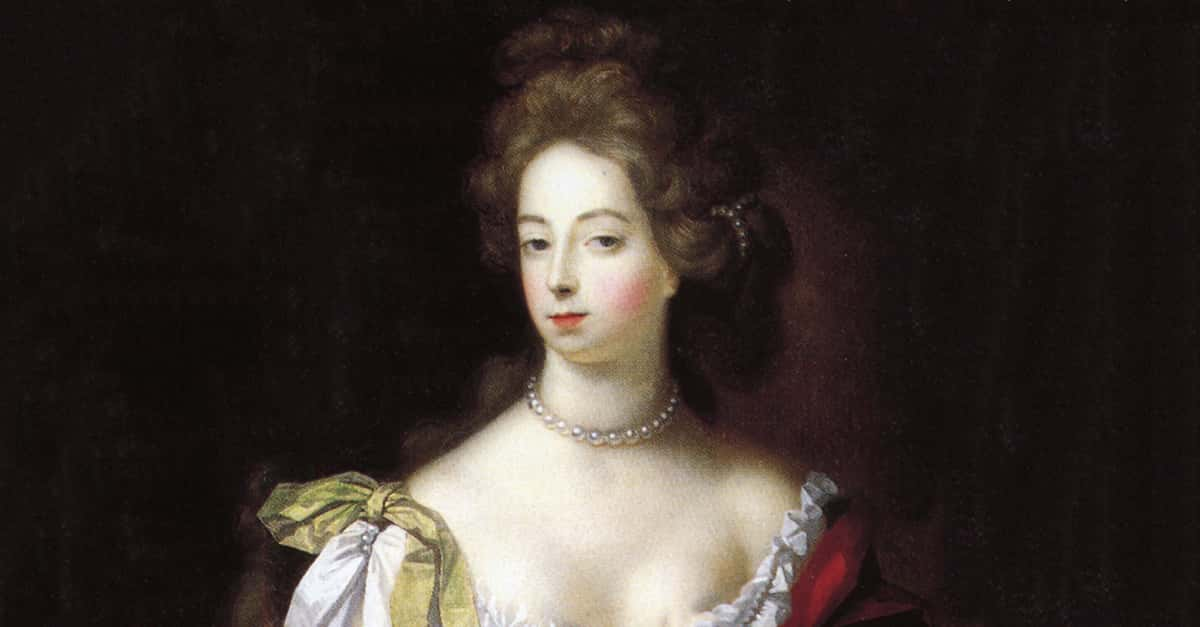Schemer. Seducer. Tyrant? Queen Elizabeth I is one of the most famous—and notorious—monarchs of England, but few people know her dark history. As the daughter of the equally infamous King Henry VIII and his executed queen Anne Boleyn, let’s just say the apple doesn’t fall far from the tree.
Queen Elizabeth I Facts
Born Into Infamy
In 1533, Elizabeth was born into the biggest scandal of her time. Her mother, Anne Boleyn, had seduced her way into King Henry VIII’s bedroom and triggered his monumental divorce to Catherine of Aragon—you know, it was the scandal that started the English Reformation. But that was really just the beginning.
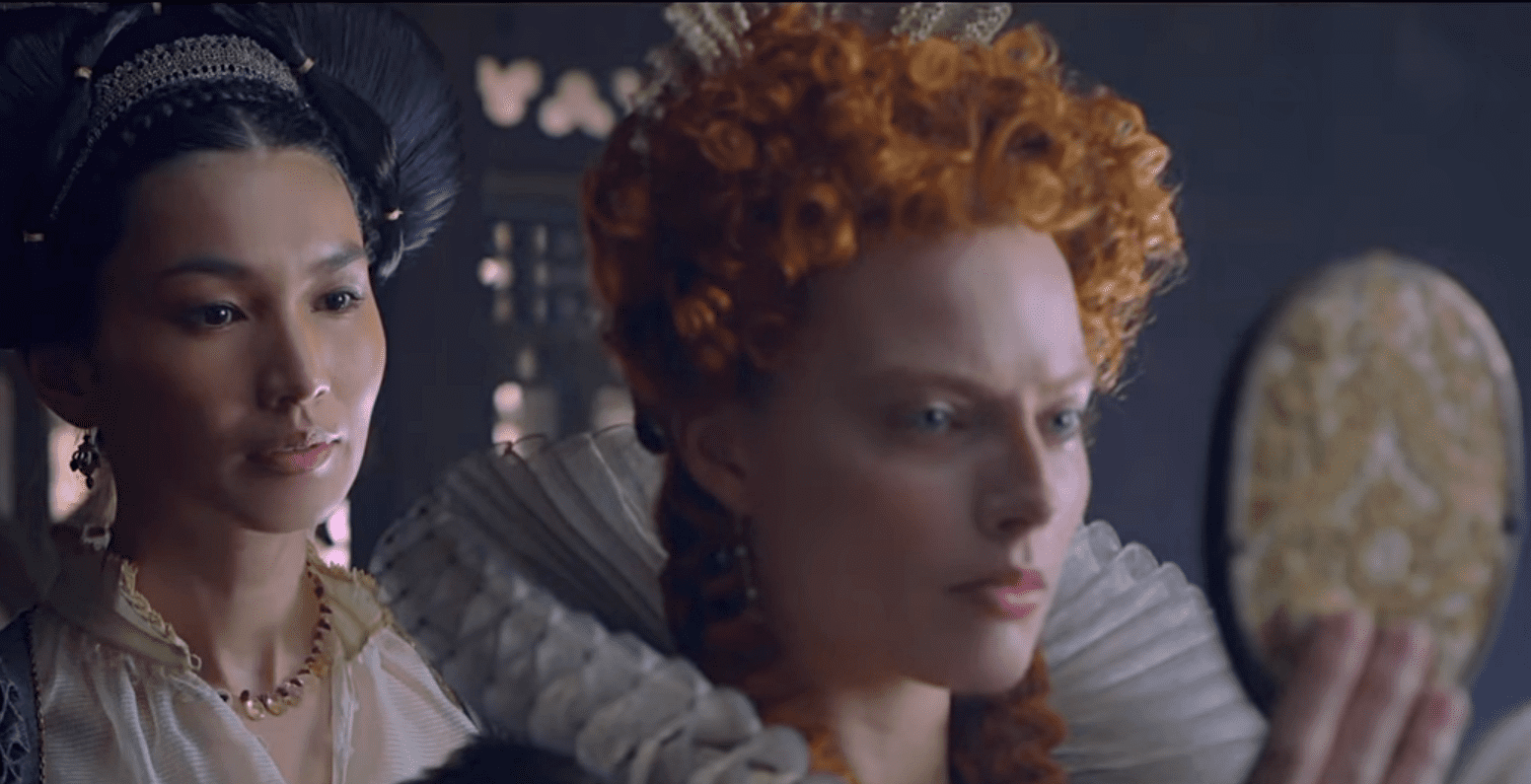 Mary Queen of Scots (2018), Focus Features
Mary Queen of Scots (2018), Focus Features
Game of Thrones
Not very many people can say that their own father executed their mother, but that’s exactly what happened to poor Elizabeth. Anne Boleyn fell out of King Henry’s favor, and he beheaded his queen on May 19, 1536, when Elizabeth was just over two years old. If this sounds like a recipe for disaster…well, it kind of was.
The Virgin Queen
Today, Elizabeth is famous as “The Virgin Queen” because she refused to marry. Of course, as we’ll see, this didn’t mean she didn’t get into plenty of bedroom dalliances.
Red-Hot Rages
Elizabeth was sharp and clever, but she didn't suffer fools gladly. Once, one of her councillors urged the queen that she must go to bed. An enraged Elizabeth snapped back,“'Must' is not a word to use to princes, little man". And if you think that's the last scathing comment Elizabeth ever made, you don't know the Virgin Queen at all.
 Elizabeth: The Golden Age (2007), Universal Pictures
Elizabeth: The Golden Age (2007), Universal Pictures
Meet Your New Mom
As if your dad killing your mom in cold blood wasn’t enough, the baby Elizabeth also had to deal with a new stepmom very soon after Anne Boleyn went to the gallows. Henry’s third queen, Jane Seymour, moved into the palace just 11 days after the execution. Then, there was yet another plot twist.
The Favorite Child
In 1537, just a year after Seymour married King Henry VIII, Elizabeth had a new baby brother, Edward. But he wasn’t just any baby brother. Though Elizabeth had an older sister, Mary, King Henry still lacked an official male heir to the throne. Well, now he had one, and—if fate hadn’t intervened—Elizabeth might have played second fiddle to him all her life.
Motherly Love
Although she kept it on the down-low for political reasons, Elizabeth loved her mother Anne Boleyn very much. She quietly honored her and her family by taking care of their positions at court, and always kept her mother's portrait in a locket on her necklace.
It's All Looks
Elizabeth I was always careful to present her best self. This meant wearing heavy makeup—but the cosmetics had a dark side. Elizabethan makeup was made of abrasive and even poisonous products like lead and vinegar, which probably did more damage to Elizabeth's skin than helped it. She also used beeswax and kohl in her beauty regimen.
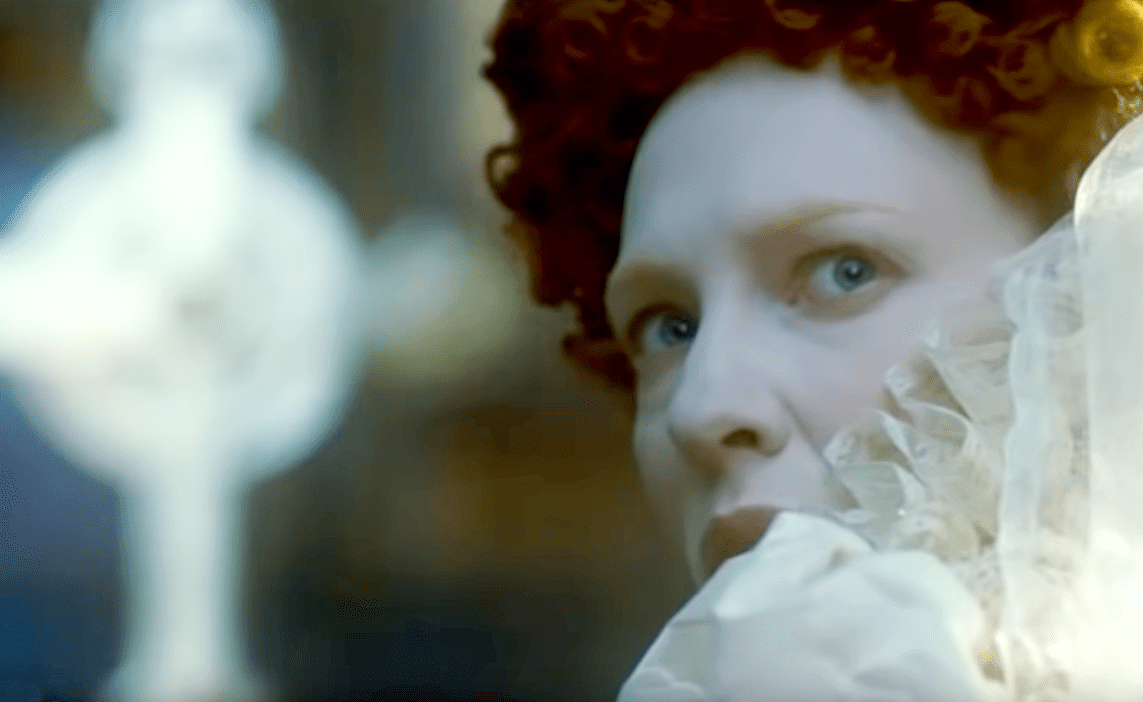 Elizabeth: The Golden Age (2007), Universal Pictures
Elizabeth: The Golden Age (2007), Universal Pictures
That’s No Way for a Girl to Talk
Like her father King Henry VIII, Elizabeth apparently swore and cursed like nobody's business.

History's most fascinating stories and darkest secrets, delivered to your inbox daily.
A Ward of the State
Tragedy and drama seemed to follow Elizabeth wherever she went. When she was still a teenager, her father King Henry finally passed, leaving Elizabeth an orphan in the care of her stepmother, Catherine Parr. Parr almost immediately married a nobleman named Thomas Seymour, integrating the princess into her household. It ended up being a disastrous move.
Creepy Step-Dad
Almost as soon as Princess Elizabeth moved in with her foster parents, the 40-year-old Seymour started ramping up increasingly disturbing behaviors. First, he would creep into her bedroom in his nightgown and tickle her. He even progressed to slapping her on her rear. Sadly, before it got better, it got a whole lot worse.
Getting in on the "Fun"
According to records from the time, Elizabeth’s stepmother Catherine Parr did nothing to stop these inappropriate romps—in fact, she even participated in them. At least twice, she helped her husband tickle Elizabeth, and in a particularly alarming incident, she held the princess down as Seymour ripped the girl’s dress into pieces. Then, it all reached a frightening crescendo.
Too Close for Comfort
Sometime around May 1548, Catherine Parr made a chilling discovery. She stumbled across Seymour and the teenaged Elizabeth locked in an embrace, indicating that the romps were quickly moving into romance. Whether from jealousy or fear for the girl, Parr sent the princess away soon after. If only that were the last Elizabeth saw of Seymour…
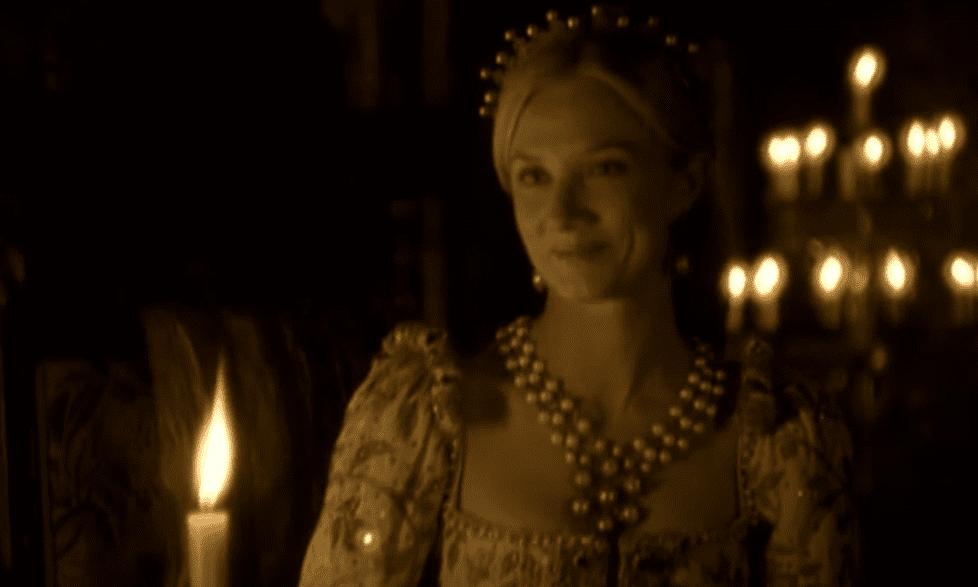
Sensible Shoes
Despite her love of fashion, Elizabeth I didn't wear her first pair of high heels until she was 62.
Alone and Vulnerable
Mere months after discovering her husband and her ward together, Catherine Parr perished in childbirth. Now the exiled Elizabeth was truly alone, and the human garbage fire that was Thomas Seymour wasted no time taking advantage of her vulnerability. With his wife conveniently out of the way, the “mourning” Seymour turned his attentions back to the princess. This time, it would be his downfall.
He Had It Coming
By this point, even the royal council had had enough of Seymour’s creepy scheming, and they charged him with treason for his plots to marry Elizabeth. The princess’s tormentor was finally executed on March 20, 1549. To put this all in perspective for you, at this point even years later, Elizabeth was still barely into her teen years.
The Beggar Queen
When one of Elizabeth's imperial envoys pushed the "Virgin Queen" about marrying, her response was legendary. Elizabeth reportedly sniped at him, “Beggar-woman and single, far rather than queen and married". In other words, there was no way she was giving up her immense money and power for just any old man.
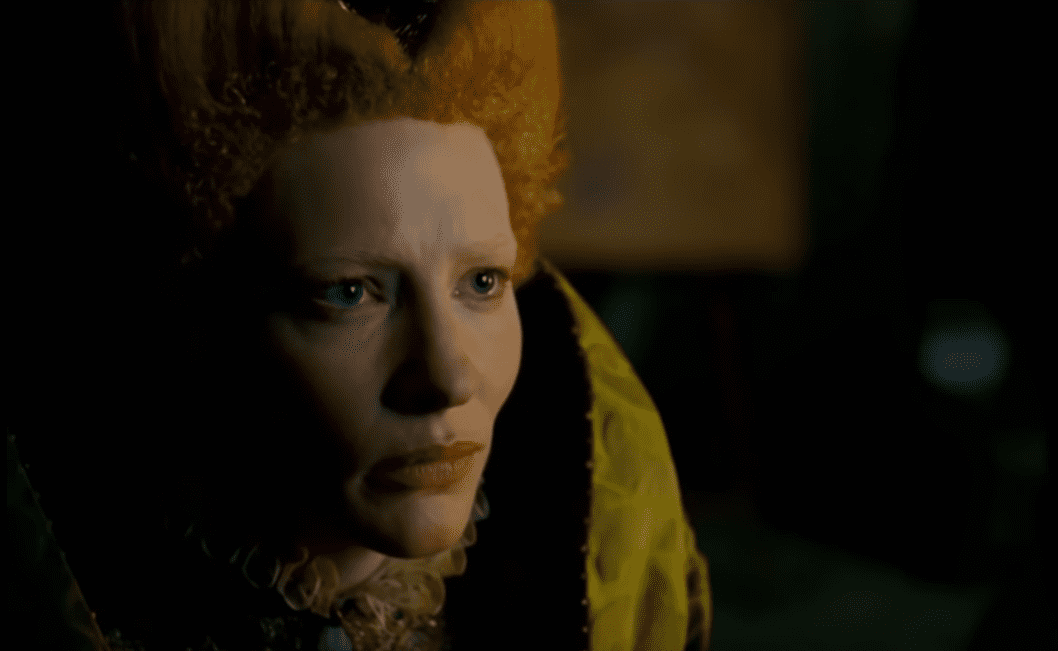 Elizabeth: The Golden Age, Universal Pictures
Elizabeth: The Golden Age, Universal Pictures
The Boy King Is Dead
On July 6, 1553, Elizabeth’s brother Edward, who had become King in Henry’s stead, expired young, throwing the kingdom into chaos. For one, he named the upstart Jane Grey—not his sisters Elizabeth or Mary—as his successor. Suddenly, Mary and Elizabeth found themselves fighting for their birthright, and they joined forces to overthrow the usurping queen.
The Nine Days Queen
In the end, Lady Jane Grey was only the “Nine Days Queen”; Elizabeth and Mary proved too powerful for her. The sisters had her summarily executed, and in August 1553, the elder Mary rode into London to officially reclaim her throne. It could have been a triumphant moment of sisterly love, but that’s not quite how it went down.
Sibling Rivalry
Elizabeth and Mary were very different people, and not just because they had different mothers. Mary’s mother, Catherine of Aragon, raised her to be a strict Catholic. Meanwhile Elizabeth, born not just at the height of the English Reformation but practically because of it, was Protestant. This caused tension, which all reached a crisis in 1554.
The Royal Prisoner
You don’t get the nickname “Bloody Mary” for nothing, and Mary’s reign became quickly unpopular for her persecution of Protestants as well as her infamously gruesome method of burning heretics at the stake. So when a rebellion broke out in 1554, Mary instantly suspected Elizabeth. Then, she kind of overdid it: Mary threw her sister in the notorious Tower of London.
I've Got You Now
For three terrifying months, Elizabeth’s life hung in the balance at the Tower. Even though there’s no evidence she participated in the rebellion, she was at Mary’s mercy—and Mary wasn’t much for forgiveness. During this time, Mary’s advisors whispered in her ear that while Elizabeth breathed, her throne was never safe. The only thing to do, they said, was to execute her own sister...
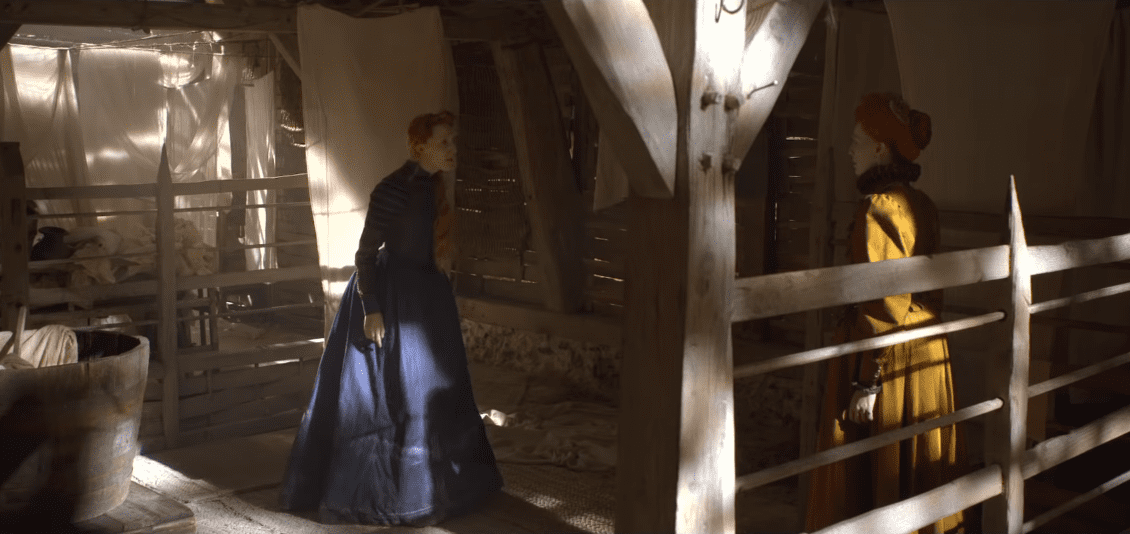 Mary Queen of Scots (2018), Focus Features
Mary Queen of Scots (2018), Focus Features
And Don't Come Back!
In the end, a stroke of luck saved the young Elizabeth. She did have some supporters in Mary’s court, and they eventually convinced the queen to spare her sister’s life. But just because she was alive didn't mean Elizabeth had it easy. On May 22 1554, Mary exiled Elizabeth to the countryside and put her under house arrest.
 Mary Queen of Scots (2018), Focus Features
Mary Queen of Scots (2018), Focus Features
Give Us a Smile
Elizabeth had a notorious sweet tooth as well as a fear of dentists. This dangerous combination came back to haunt her in a horrifying way. As she grew older, her teeth started to yellow and decay, crumbling in on each other. It was so bad, foreign dignitaries often couldn’t even understand Elizabeth when she spoke to them.
No Princess of Mine
Even as young girls, Mary and Elizabeth had never been friends. When she was a teenager, Mary was horrified that her father King Henry had ousted her mother, and she stubbornly refused to recognize that Anne Boleyn was queen, or even that Elizabeth was a princess.
Don't Touch My Man
Mary might have had another big reason for being jealous of Elizabeth. I mean, would you be able to be chill about your husband having a crush on your sister? That’s right, Mary’s husband King Philip reportedly planned to marry Elizabeth should anything have happened to Mary, particularly if she had perished in childbirth. Aw, sisterly love.
 Carlos, rey emperador,Televisión Española
Carlos, rey emperador,Televisión Española
Trendy Teeth
Elizabeth’s gross dental hygiene actually started a trend. Since sugar was considered a luxury, some women then blackened their teeth both to emulate their queen and show off their wealth. Meanwhile, to counteract the sunken cheeks she got from her decaying teeth, Elizabeth apparently stuffed her mouth with cloth when she was in public.
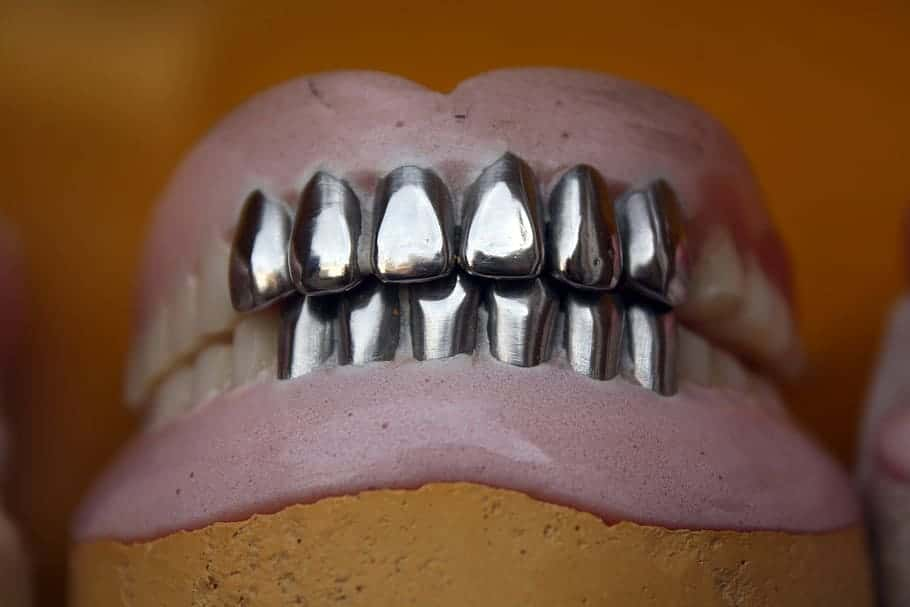 Piqsels
Piqsels
Long Live the Queen
In late 1558, the young Elizabeth’s tumultuous life got turned upside-down yet again. Queen Mary, who had been unhealthy for quite some time, finally passed in November of that year without having had any children. From that moment on, the princess turned into Queen Elizabeth I—and what a reign it turned out to be.
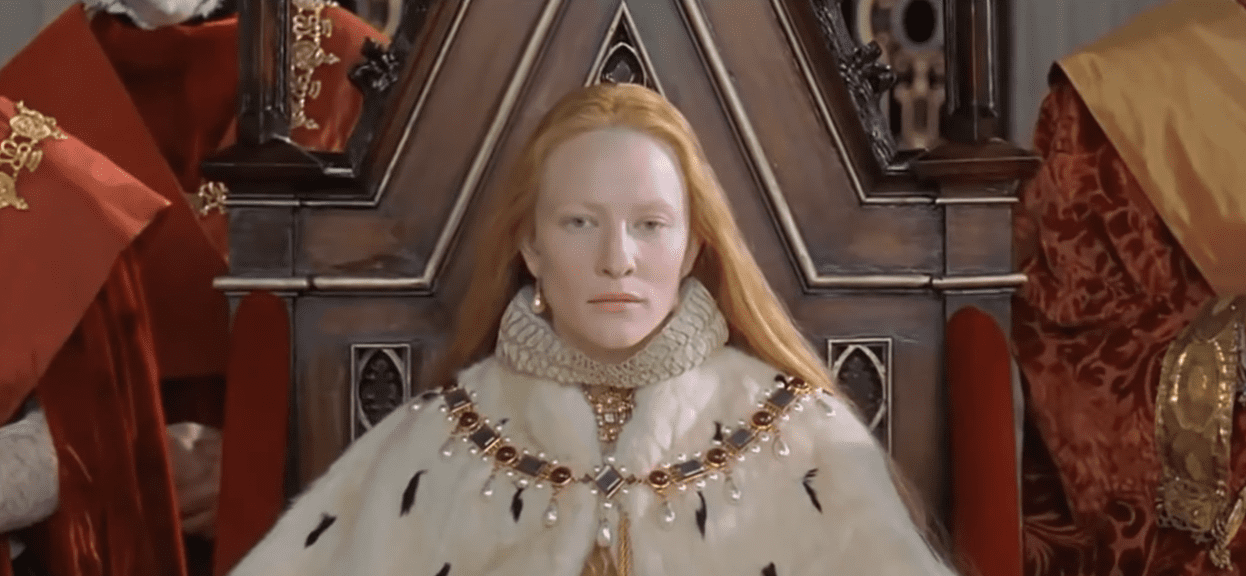 Elizabeth: The Golden Age, Universal Pictures
Elizabeth: The Golden Age, Universal Pictures
Maybe She's Born With It, Maybe It's Occult Powers
Elizabeth I covered all her bases when it came to keeping power, which meant including the astronomer-magician John Dee among her chief advisers. Dee advised Elizabeth I on choosing important dates as well as voyages of discovery, and supposedly removed a death curse from her. Some think Dee was even the former owner of the infamous encrypted Voynich manuscript.
No Man for Me
From the moment she became queen, Elizabeth’s advisors assumed she would take a husband, not only to strengthen England’s power, but also to help produce the heir that her late sister had tried and failed to have. Though she considered eligible candidates until she was 50, she never did tie the knot—and historians suggest a disturbing reason for her aversion to marriage. While Elizabeth might have just feared a loss of her power, some experts argue that her dalliances with Thomas Seymour put her off the whole idea of matrimony.
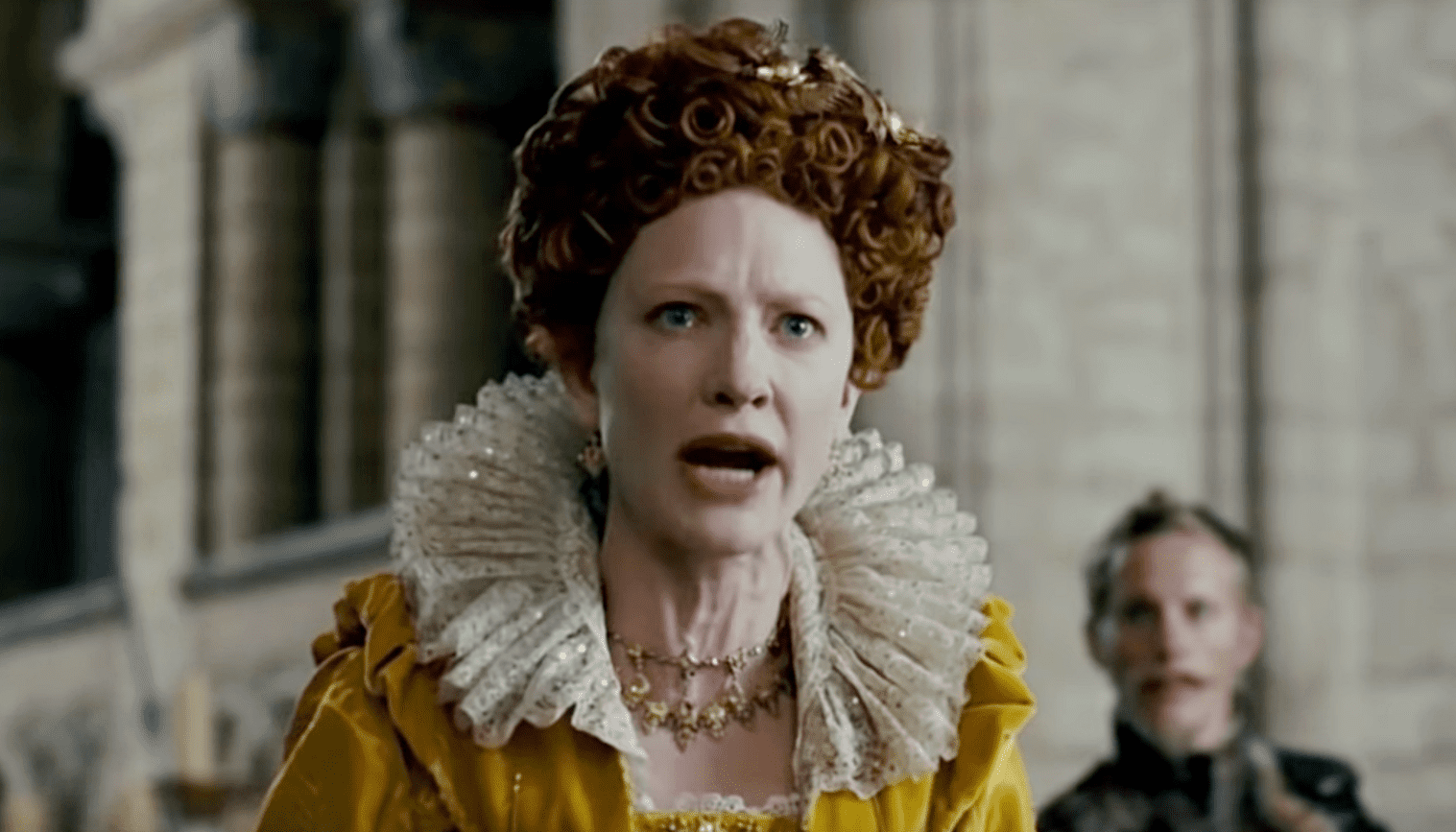 Elizabeth: The Golden Age, Universal Pictures
Elizabeth: The Golden Age, Universal Pictures
Good Queen Bess
Besides “The Virgin Queen,” Elizabeth’s other nicknames were “Gloriana” and “Good Queen Bess,” “Bess” being the common diminutive of “Elizabeth” at the time.
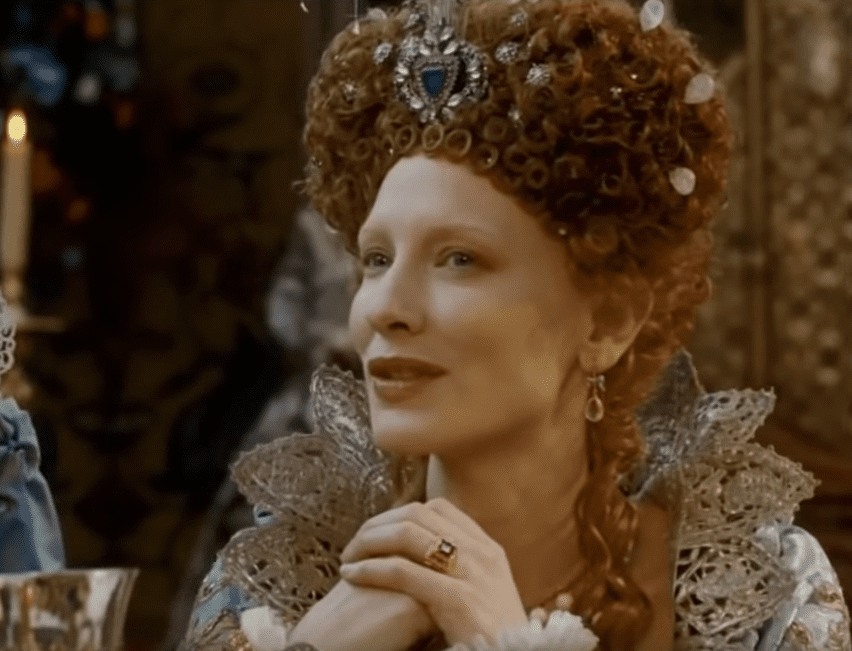 Elizabeth: The Golden Age, Universal Pictures
Elizabeth: The Golden Age, Universal Pictures
Dearest Dudley
Elizabeth might have had no husbands, but her bedroom antics became infamous. One of her most notorious dalliances was with her handsome childhood friend Robert Dudley. Though Elizabeth often simply used some men, she was genuinely in love with Dudley, which might have been why the affair ended so dramatically.
A Kept Man
There was one big problem when it came to Robert Dudley: He was already married. Lucky for Elizabeth, his wife, Amy Robsart, was suffering from breast cancer, and everyone assumed she was going to kick the bucket very soon. Well, she did…and her end was much more suspicious and violent than anyone could have predicted.
A Suspicious End
Dudley’s wife Amy passed in September 1560—but not from breast cancer. She met her maker after falling down a flight of stairs. The coroner might have ruled it an accident, but people in the know in the palace assumed Dudley had done the dirty deed to secure his Queen’s affections. Their road to the wedding finally seemed clear...but was it?
Star-Crossed Lovers
Historians agree that Elizabeth was fully prepared to marry Dudley, suspicious deaths or not, only to be left heartbroken. As her childhood friend, Dudley held no political clout, and countries from all over Europe were currently vying for the queen’s hand. According to most interpretations, her councillors told her in no uncertain terms that if she married Dudley, they would revolt. Elizabeth reluctantly backed off the marriage, but that didn’t mean she let go of Dudley.
New Horizons
Exploration flourished under Elizabeth’s reign. One of her favorites, Francis Drake, circumnavigated the globe between 1577 and 1580, earning himself a knighthood from his queen.
Two-Timing
Even though she wasn’t going to make Dudley Mr. Elizabeth any time soon, the queen was intensely jealous of his time and affections. So when she discovered his ultimate betrayal, she was enraged. In 1578, Dudley married Elizabeth’s distant relative Lettice Knollys. He tried to keep the nuptials a secret, which made it all the worse when Elizabeth found out.
Don't Mess With the Queen
When Elizabeth got wind of her true love’s wedding, she was so furious that she banished Lettice from her court. She never forgave the woman, and never acknowledged the nuptials for as long as she lived. Even worse, she tracked the couple’s movements, actively resenting them whenever they were in her capital of London.
Speaking in Tongues
Some historians believe Elizabeth was what we’d call a polyglot, or someone with an innate skill for learning foreign tongues. She could speak 11 languages, including Latin, Greek, and even Aramaic—and spoke many as if they were her native language.
Let Me Change Your Mind
In 1559, Elizabeth’s creepy ex-brother-in-law Philip of Spain took his whole gross vibe up a notch and formally proposed to her. Elizabeth wisely turned him down, thank God. Philip eventually got a brutal revenge on her…but more on that later.
 Carlos, rey emperador,Televisión Española
Carlos, rey emperador,Televisión Española
Cult Favorite
Elizabeth’s refusal to ever marry and her nickname “The Virgin Queen” skyrocketed her to cult status. Poets wrote about her in bombastic terms, comparing her to figures like goddesses and the Virgin Mary, which is a pretty big flex. What they could never see her as, though, was a human woman. But hey, everybody’s gotta have a gimmick.
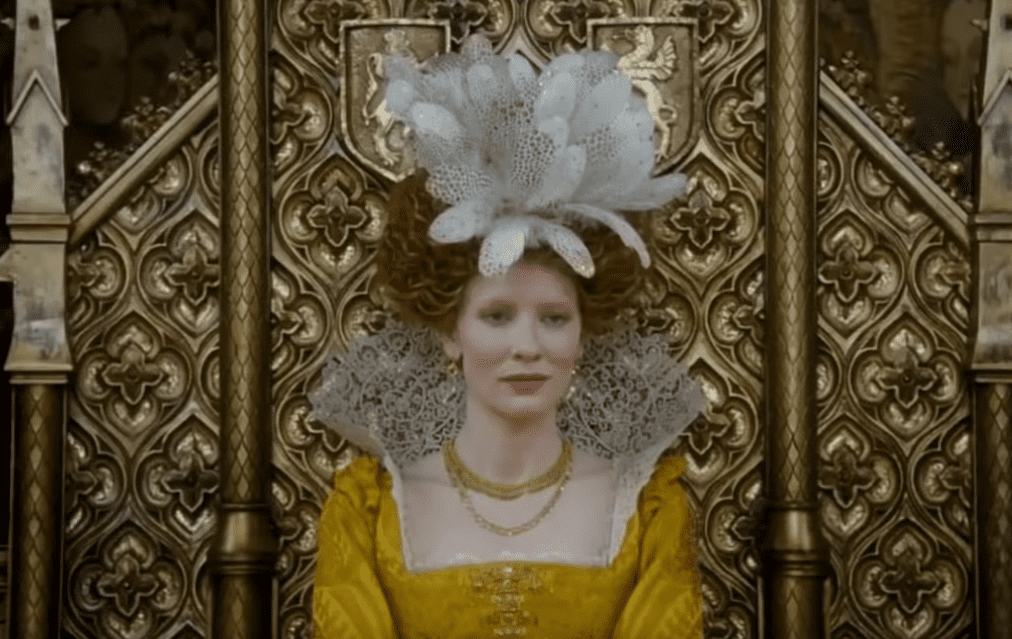 Elizabeth: The Golden Age, Universal Pictures
Elizabeth: The Golden Age, Universal Pictures
No Means No, Guys
In the 1560s, Elizabeth utterly terrified her parliament when she caught smallpox without an heir in sight. Though she recovered, the House was beside itself, and gave one last push to get her to marry. The queen even had to convene parliament and give a public speech to assure them “I will marry as soon as I can conveniently". But did she? Nope. By 1570, even her most anxious advisors had given up all hope of her marrying.
 Elizabeth: The Golden Age, Universal Pictures
Elizabeth: The Golden Age, Universal Pictures
Battle Royale
Elizabeth’s most bitter enemy was also one of her closest relatives: her Catholic cousin Mary, Queen of Scots. From the very beginning, Mary posed a threat to Elizabeth’s reign and religion, spurring a game of thrones for the ages.
Sloppy Seconds
For a while, Elizabeth and Mary went the “frenemies” route. Despite the fact that Elizabeth supported Scotland’s rebels against Mary, she still bizarrely offered up her favorite Robert Dudley for Mary to wed. This ended disastrously. Neither Mary nor Dudley were smitten with each other, and Elizabeth’s awkward ploy fizzled out.
Under Lock and Key
Eventually, Mary’s forces grew so strong and her decisions became so erratic, Elizabeth had to take drastic action. She tore Mary away from her baby son James VI, imprisoned her in Loch Leven Castle, and then forced her to abdicate. Astonishingly, Mary spent the next nineteen years of her life under Elizabeth’s guard. But Elizabeth’s most chilling act was yet to come.
Off With Her Head
One day, Queen Elizabeth discovered a dark truth: Mary, Queen of Scots was helping incite a rebellion against the English crown from her jail cell. First of all: respect, Mary. Second of all: very bad idea. Elizabeth responded with a brutal show of force. On February 8, 1587, Mary, Queen of Scots met the axe at Fotheringhay Castle.
Scar Tissue
Elizabeth may have survived her bout with smallpox, but she didn’t get out unscathed. The illness left her with unsightly facial scars for the rest of her life.
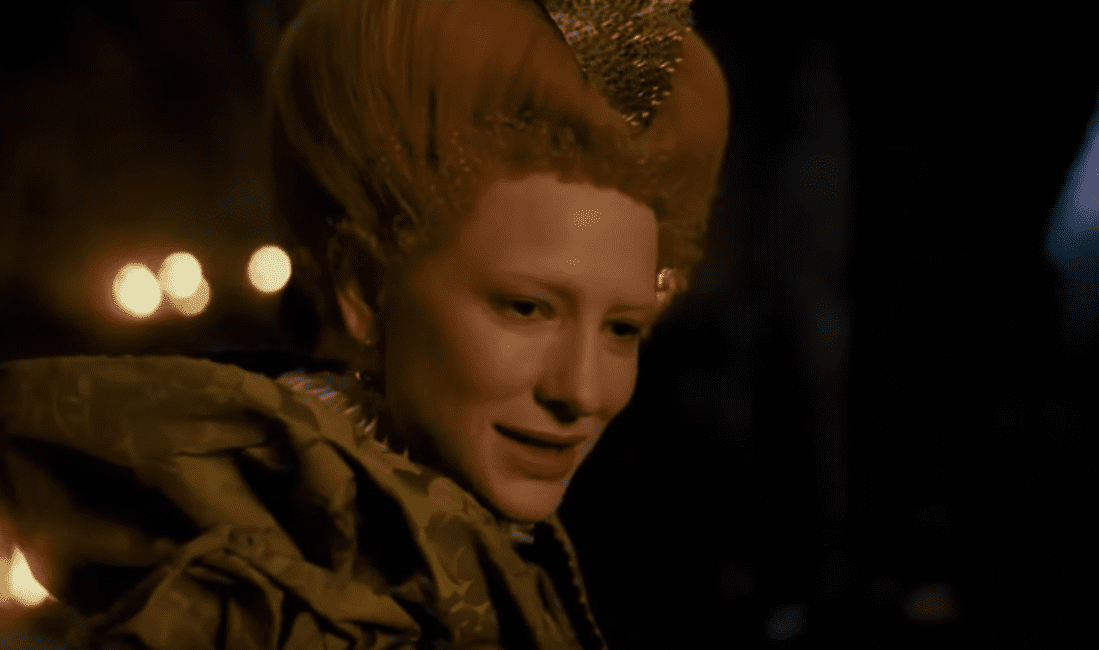 Elizabeth: The Golden Age, Universal Pictures
Elizabeth: The Golden Age, Universal Pictures
Politically Adept
A particularly cunning political mind, one of Elizabeth I's mottos was “video et taceo,” which translates to “I see but say nothing".
 Elizabeth: The Golden Age, Universal Pictures
Elizabeth: The Golden Age, Universal Pictures
Regrets, I've Had a Few
After Mary’s death, Elizabeth grew intensely remorseful, and even claimed that she had signed her cousin’s warrant without understanding her advisors would carry it out immediately. While it’s possible Elizabeth’s regret was very real, many historians are suspicious of her backtracking—after all, it’s pretty hard to sign someone’s death warrant flippantly.
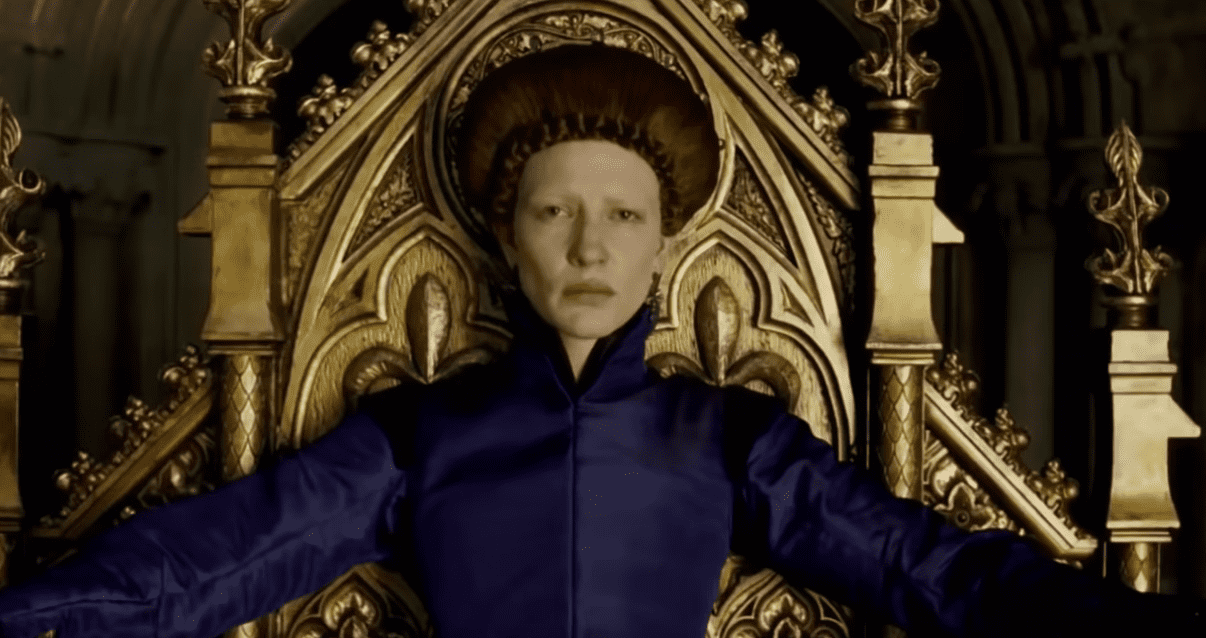 Elizabeth: The Golden Age, Universal Pictures
Elizabeth: The Golden Age, Universal Pictures
By Land or by Sea
One of the most iconic moments in Queen Elizabeth’s already legendary reign was her defeat of the feared Spanish Armada, which put a little thing called “British Sea Power” on the map. After Elizabeth’s envoy Francis Drake raided Spanish ships, King Philip of Spain—yes, Elizabeth’s spurned ex-brother-in-law—decided he had quite enough of England, and took immediate action.
 Elizabeth: The Golden Age, Universal Pictures
Elizabeth: The Golden Age, Universal Pictures
Nobody Expects the Spanish Armada
Philip II sent his Spanish Armada to invade England in 1588, bent on destroying Elizabeth and her reign. What happened was the plot twist to end all plot twists. The great naval power of Spain screwed up big time. At the crucial moment, they weren’t ready, and succumbed to the attacks of English fire ships instead. Philip’s great hope had to turn tail and run back to Spain in shambles.
 Carlos, rey emperador,Televisión Española
Carlos, rey emperador,Televisión Española
Walk Like a King
Elizabeth used the crisis of the conflict with Spain to turn herself into a warrior Queen. When she inspected her troops on August 8, 1588, she donned a silver breastplate under a white dress. Her speech has gone down in history. “I know I have the body but of a weak and feeble woman,” she said, “but I have the heart and stomach of a king, and of a King of England too". Get it, Liz.
 Elizabeth: The Golden Age, Universal Pictures
Elizabeth: The Golden Age, Universal Pictures
The Other Man
Though many historians note that Elizabeth stayed single in order to hold onto power and play her suitors off of one another, she did get serious with men other than Robert Dudley. When she was courting Francis Duke of Anjou, she often wore a frog-shaped earring the duke had given her as a token of his affection.
A House Divided
Despite exerting control over Mary, Queen of Scots' life and death, Elizabeth never met her cousin in person.
Fake News
People now see the Spanish Armada as a turning point in Elizabeth’s reign, and it was. But it was a much different victory than people imagine. The triumph was more of propaganda for Elizabeth than anything else, and the English success hinged on Spanish mistakes rather than British power. In fact, there is a tragic coda to the story. The very next year, England sent a 150-ship fleet to Spain, only to have Spain trounce them. Up to 15,000 men lost their lives, and Spain actually held onto its naval dominance in the end.
Elizabeth the Bigamist
Just a few years before her death, Elizabeth claimed that though single, she was actually married to her kingdom. In a speech, she referred to “all my husbands, my good people".
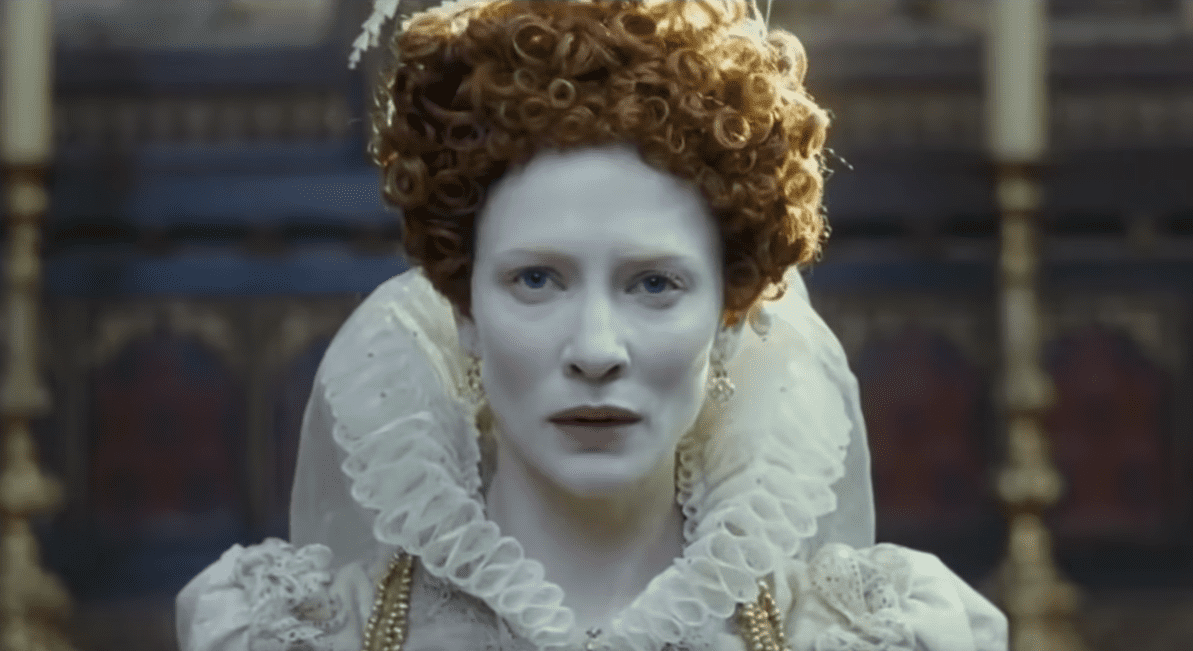 Elizabeth: The Golden Age, Universal Pictures
Elizabeth: The Golden Age, Universal Pictures
Age Comes for Us All
Tooth decay wasn’t even the worst thing Elizabeth dealt with in her old age. The once beautiful queen took aging very hard, particularly with her smallpox scars and oncoming baldness; Sir Walter Raleigh once called her “A lady whom time had surprised". To combat the flow of time, Elizabeth slathered her face in even more poisonous cosmetics and insisted on wearing wigs at almost all times.
 Shakespeare in Love,Universal Pictures
Shakespeare in Love,Universal Pictures
Everyone Needs Their Privacy
An older Elizabeth I, sensitive about her looks, felt intruded upon when a courtier entered her chambers before she made herself up for the day. As punishment, she put him under house arrest.
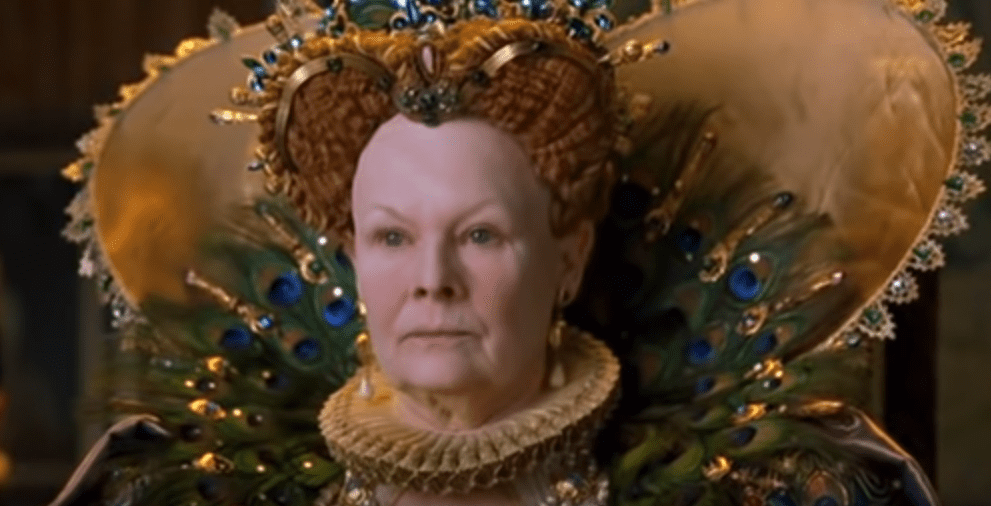 Shakespeare in Love,Universal Pictures
Shakespeare in Love,Universal Pictures
You're So Vain
Elizabeth’s courtiers never let on that her beauty was fading, and continued to compliment her as if she was still the 25-year-old queen of her coronation. Sadly, it seems as though Elizabeth started to believe them, and played favorites with whomever could compliment her the most. This had very dire consequences.
Time out for Sweetums
One of Elizabeth’s favorites later in life was the lush Robert Devereux, Earl of Essex, who took advantage of his good looks to get a great amount of power with very little responsibility. In 1599, he deserted his high military post for the umpteenth time, and Elizabeth finally reprimanded him, putting him under house arrest and taking away his luxuries. Devereux repaid her with betrayal.
I Had to Do It
In 1601, the Earl of Essex plotted his own very stupid rebellion. His plan was to kidnap the queen and take power for himself, except he didn’t count on the fact that, well, nobody liked him and he had close to zero supporters. Elizabeth caught wind of the meager plot and, finally coming to terms with her misjudgements, had him beheaded.
Breakups Are Hard
Betrayal or not, the queen never got over Devereux’s death. In 1602, a good year after her favorite’s plot against her, one courtier remarked that “Her delight is to sit in the dark, and sometimes with shedding tears to bewail Essex".
Self-Preservation
There was another heartbreaking reason Elizabeth avoided naming a successor. She remembered her own half-sister Queen Mary’s fate once Elizabeth became her official heir. Mary endured plots against her and both Elizabeth once she announced the succession, and Elizabeth said she didn’t want "a second person, as I have been" put through that.
 Elizabeth: The Golden Age, Universal Pictures
Elizabeth: The Golden Age, Universal Pictures
Melancholia: The Golden Age
Elizabeth’s last years were full of heartache and tragedy. In the fall of 1602, just months before her end, many of her friends and loved ones passed on, leaving the queen depressed and despondent. According to those close to her, she spent her last days lying motionless on cushions in an “unremovable melancholy".
Flattery Will Get You Everywhere
Just before she passed, Elizabeth finally chose a successor, at least unofficially: James VI, the son of her fallen cousin Mary, Queen of Scots. Her advisors secretly prepped James to be the heir, getting him to butter up Elizabeth with a couple of complimentary letters. Though she never publicly declared James as successor, Elizabeth apparently made her intentions known to her advisors.
Sic Transit Gloria
On March 24, 1603, The Virgin Queen Elizabeth passed on during the early hours of the morning at Richmond Palace. She was 69 years old, and her reign remains one of the most famous in British history.
Body Politic
After a lifetime of an entire country obsessing over her body and its functions, Elizabeth I left bizarre instructions for her body after she died. Breaking with the royal tradition of embalming, she insisted that people leave her body intact. Many whispered that this was to guard her secrets, but either way, her ever-loyal ladies-in-waiting made sure to protect her wishes even after death.
The Long Run
After Queen Elizabeth II, who has reigned for over 65 years, and Queen Victoria, who reigned for 63, Elizabeth I is the third-longest reigning British queen. She was in power for 44 years. Overall, she has the ninth-longest run of the British monarchs.
Last of Her Name
Since she had no heir, the House of Tudor, which began in 1485 with Henry VII, ended with Elizabeth.
Can't Be Late to Court
A suitor once gave Elizabeth I a timepiece on a bracelet. An unusual jewelry style for the period, it may have been the first wristwatch in England.
The GOAT
Elizabeth was one smart cookie. By the age of 12, she translated her stepmother Catherine Parr’s English work Prayers or Mediation into no fewer than three different languages (Italian, Latin, and French) and gave it to her father as a present. In fact, by the time Elizabeth was done her schooling, she was probably one of the best educated women of her time.
Shakespeare and Co.
Elizabeth’s reign was truly a Golden Age for many. In addition to Francis Drake’s feats at sea, literature blossomed in the Elizabethan era, with heavy-hitters like William Shakespeare and Christopher Marlowe writing masterworks. But let’s not give too much credit to Good Queen Bess here: She wasn’t really much of a patron to the arts.
Literary Immortality
Another of the great English poets of the time, Edmund Spenser, also paid homage to the queen in his epic poem The Faerie Queene. Elizabeth I is the character of Belphoebe, a strong virgin huntress who fights off her would-be attackers. Elizabeth must have liked the portrayal: Spenser was one of the only writers she ever patronized.
If the Glove Fits
Before she became the Virgin Queen, Elizabeth I lived in penury after her mother’s execution. Her father, Henry VIII, ignored and neglected her so completely that Elizabeth’s guardians had to beg the king for finances to provide Elizabeth with clothes that fit her. Later, when she became queen, Elizabeth collected more than 2,000 dresses for herself, and even that wasn’t enough. She allegedly took a dress from one of her maids of honor out of envy when she saw how good it looked.
 Elizabeth: The Golden Age, Universal Pictures
Elizabeth: The Golden Age, Universal Pictures
Clothes Horse
It's no wonder, then, that Elizabeth I loved clothes. Not only did she start many fashion trends, but her clothes were routinely tweaked and updated, and carefully chosen based on what look she needed to convey (mostly pure and virginal). She was also generous with her things and passed on hand-me-downs to her ladies in waiting.
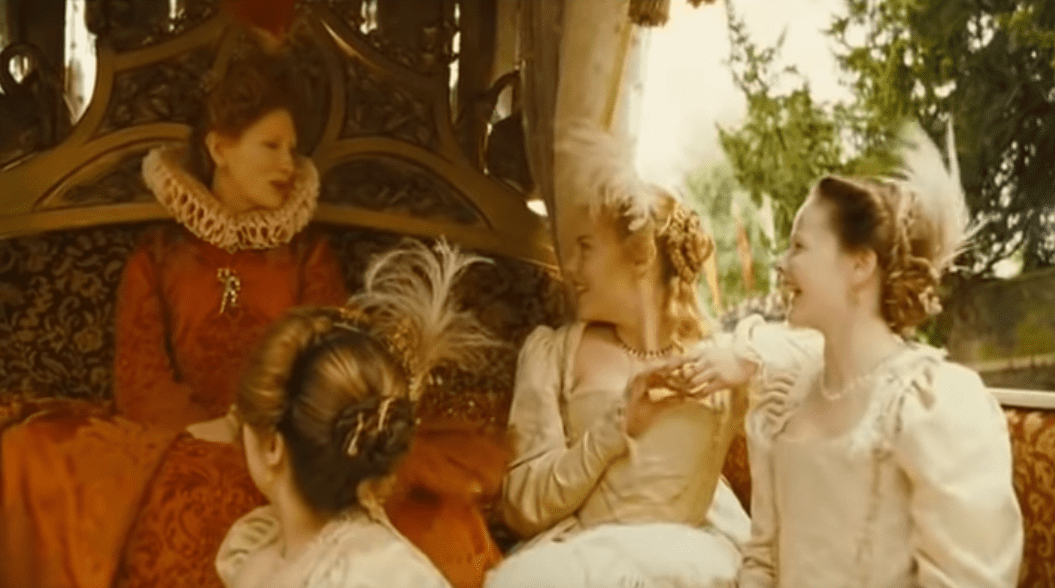 Elizabeth: The Golden Age, Universal Pictures
Elizabeth: The Golden Age, Universal Pictures
Tough Boss
Although generous with her servants, Elizabeth I expected total loyalty and was quick to fly into a rage. During one outburst after her maid had angered her, she broke the maid's finger with a hairbrush. Even worse, the guilty queen then told everyone it was an accident involving a fallen candlestick.
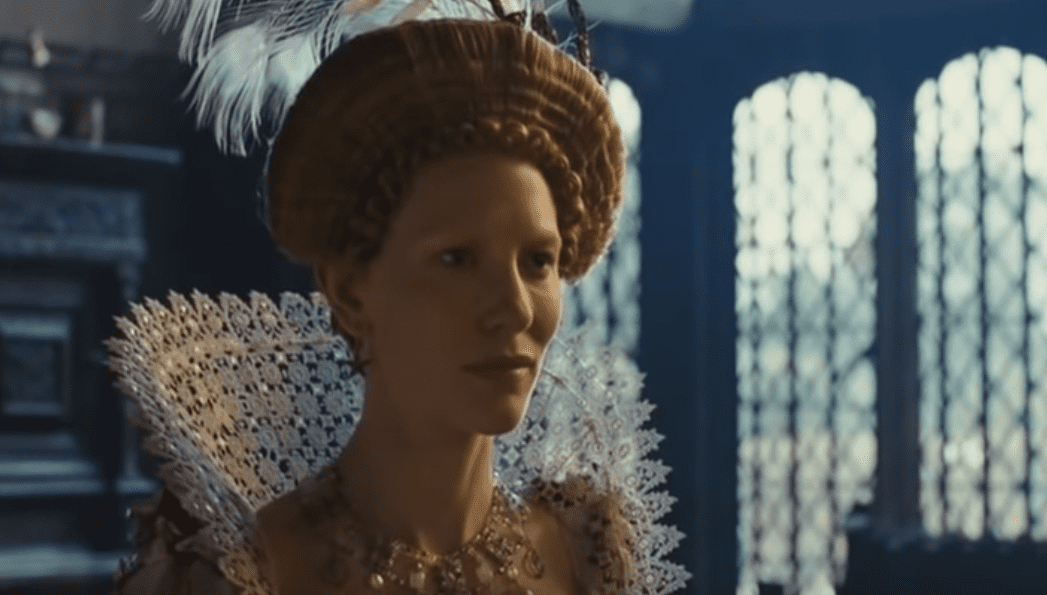 Elizabeth: The Golden Age, Universal Pictures
Elizabeth: The Golden Age, Universal Pictures
Long-Term Houseguest
Sometimes, Elizabeth trusted her ladies-in-waiting as royal jailers. One of her favorite attendants was Bess of Hardwick, who was likely the most powerful lady-in-waiting in the queen’s court. In 1569, Elizabeth even asked Hardwick and her husband to “hold” Mary, Queen of Scots on behalf of the law. The couple performed this thankless duty for 15 years.
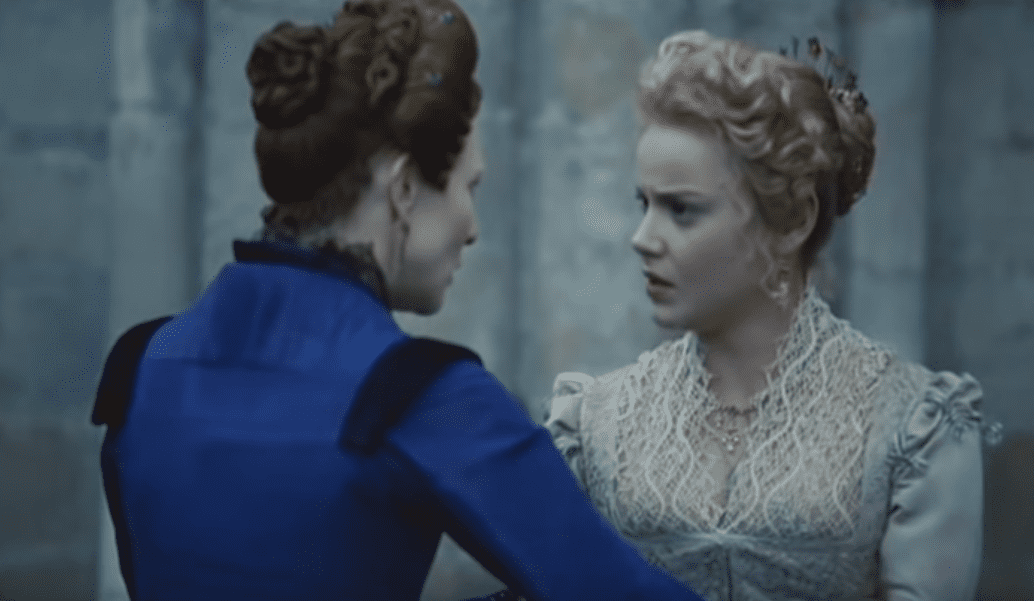 Elizabeth: The Golden Age, Universal Pictures
Elizabeth: The Golden Age, Universal Pictures
The Seven-Year Itch
No word of a lie, one of the funniest things to ever happen in history happened to Queen Elizabeth. One day, the 17th Earl of Oxford came into her courtroom, bowed to her—and let out an enormous fart. The man was duly mortified. So mortified, in fact, that he went into self-imposed exile for seven years. When he returned, Elizabeth’s first reply was, “My lord, I had forgot the fart".
To My Own True Love
After Elizabeth passed, her advisors searched her belongings—and found a letter buried deep in them. Its contents were heartbreaking. It was a letter from her old lover Robert Dudley, who had passed just after the Spanish Armada in 1588. But even more touching than the letter itself was the note Elizabeth had scrawled on it: she marked it as “his last letter” to her.
Sources: 1, 2, 3, 4, 5, 6, 7, 8, 9, 10, 11, 12, 13, 14, 15, 16, 17, 18, 19

